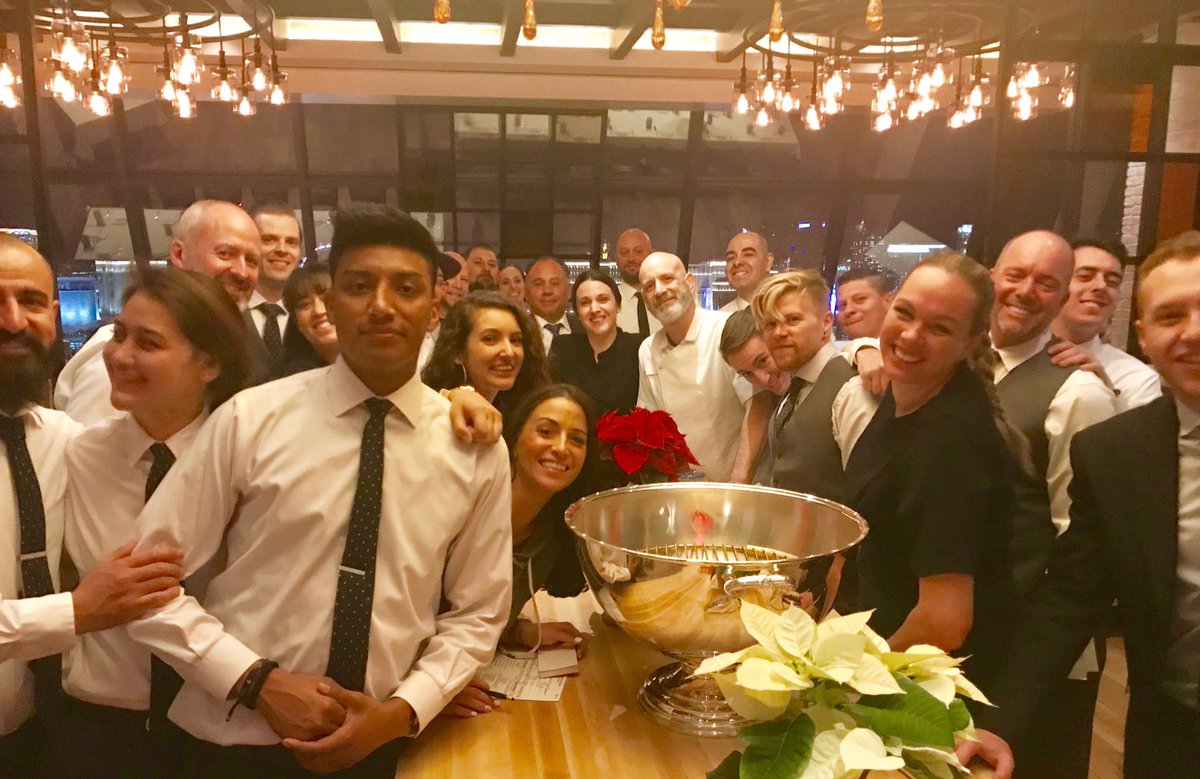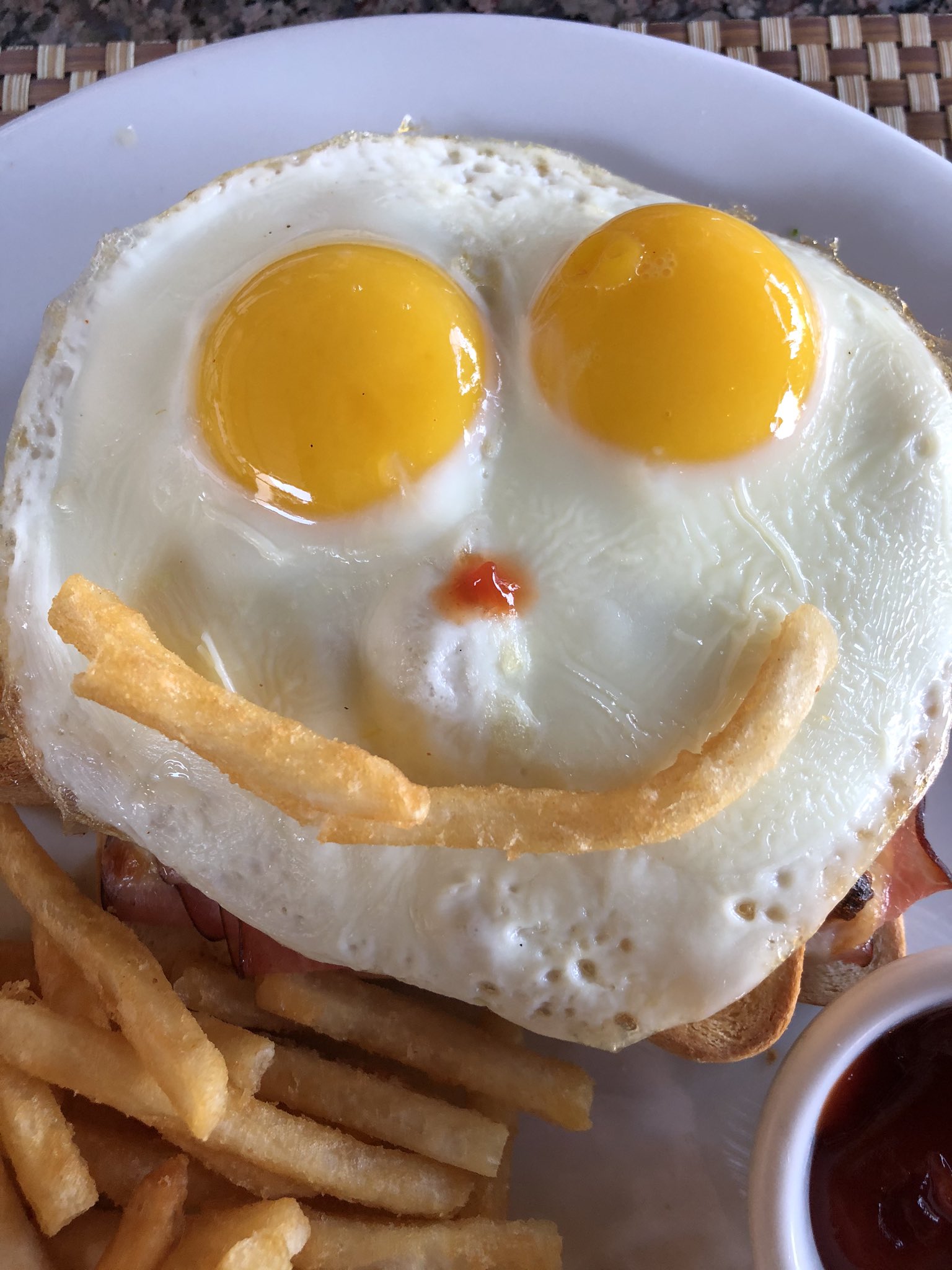
For years I’ve maintained that to do this job correctly, you have to be a little touched, a lot obsessive, and slightly manic about where you eat.
It’s also like being a porn star: something that sounds like a good idea (to dudes anyway) until you have to do it daily, on command.
And like being a porn star, most guys think they could do it, but they can’t.
Let’s go through my month (a very light one by my standards) and see if you could keep up, eating-wise. Keep in mind these dishes are just the highlights — every meal contained much more to eat, some things of which I nibbled at, other parts I devoured wholesale.
It started with a smiley face on a croque Madame on January 1st at Marche Bacchus (top of page).
Then, in rapid succession, over the course of the month, we devoured…
Esther’s Kitchen
We grow weary of telling you how great Esther’s is….but we will never get tired of James Trees’ cacio e pepe (above).
DE Thai Kitchen
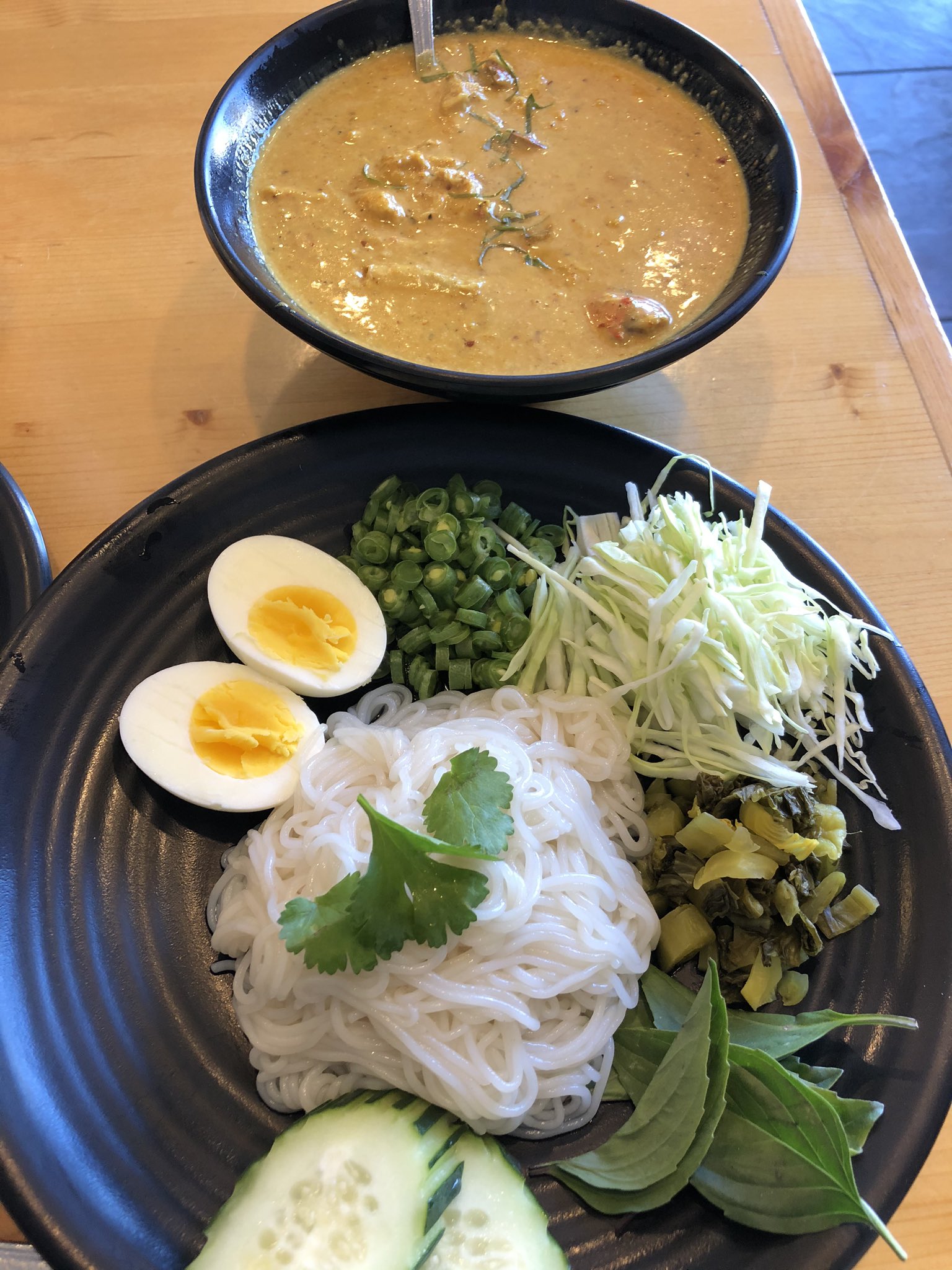
Not to take anything away from our wealth of Thai options downtown, but the food at the teeny tiny DE Thai Kitchen is the best of the bunch. When the fish-crab curry (above) is on the menu, get it.
Sure the kaiseki menu is expensive (starting at $100/pp), but the small bites/sake bar up front (above) is quite the deal for food this refined, and a good introduction to Japanese food the way it tastes in Japan.
New York Bagel and Bakery
No better bagels in our humble burg.
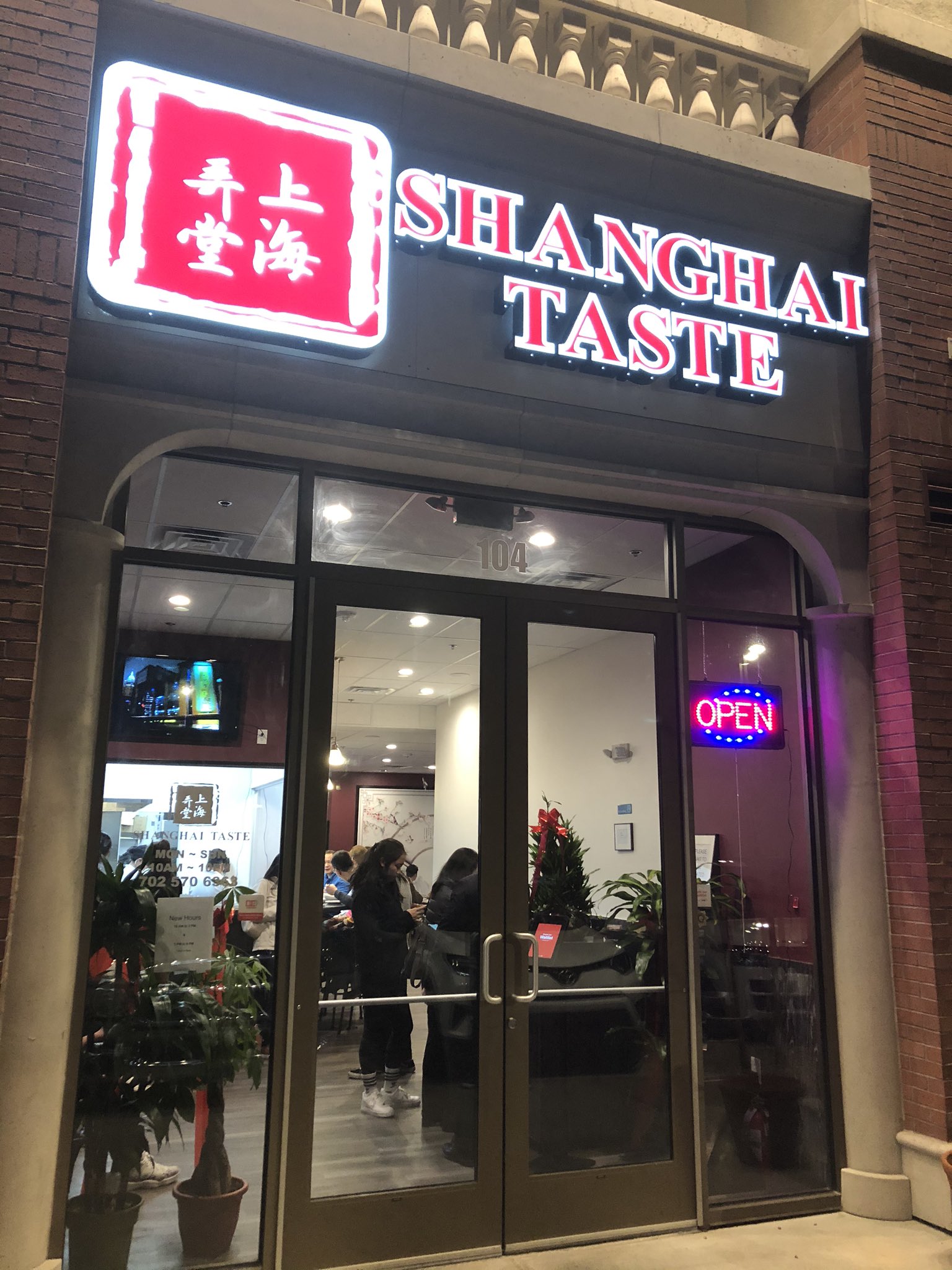
Screw those over-hyped Chinese chains (Tim Ho Wan, Din Tai Fung), Jimmy Li’s xiao long bao are the bomb and made with love, not on an assembly line.
Serrano’s Mexican Food
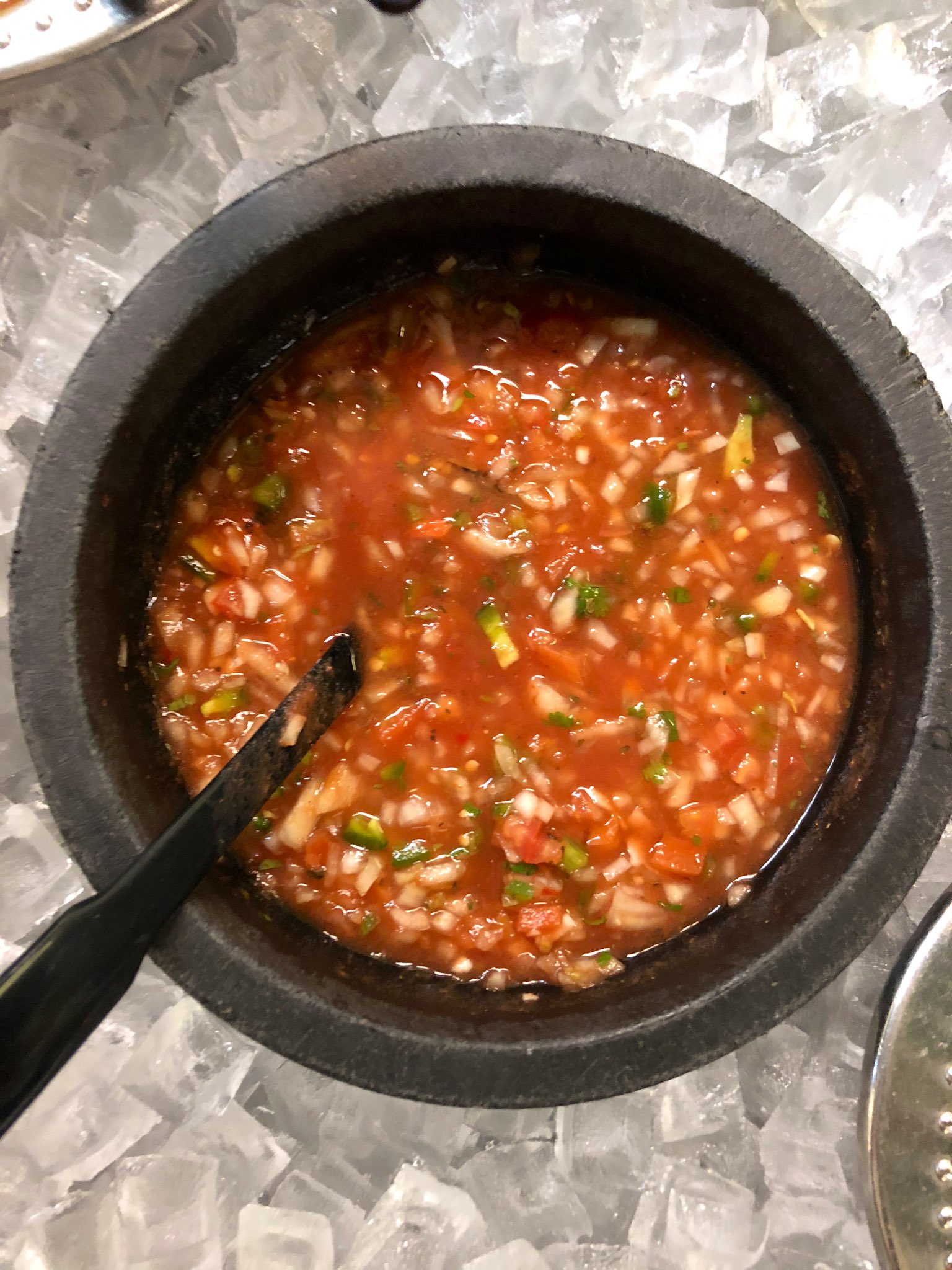
There is nothing remarkable about Serrano’s.…except the service and the spot-on Mexican food. It’s also one of the spiffiest holes-in-the-walls you will encounter, with not a grimy corner in site. A real hidden gem in an unlikely location.
Sage
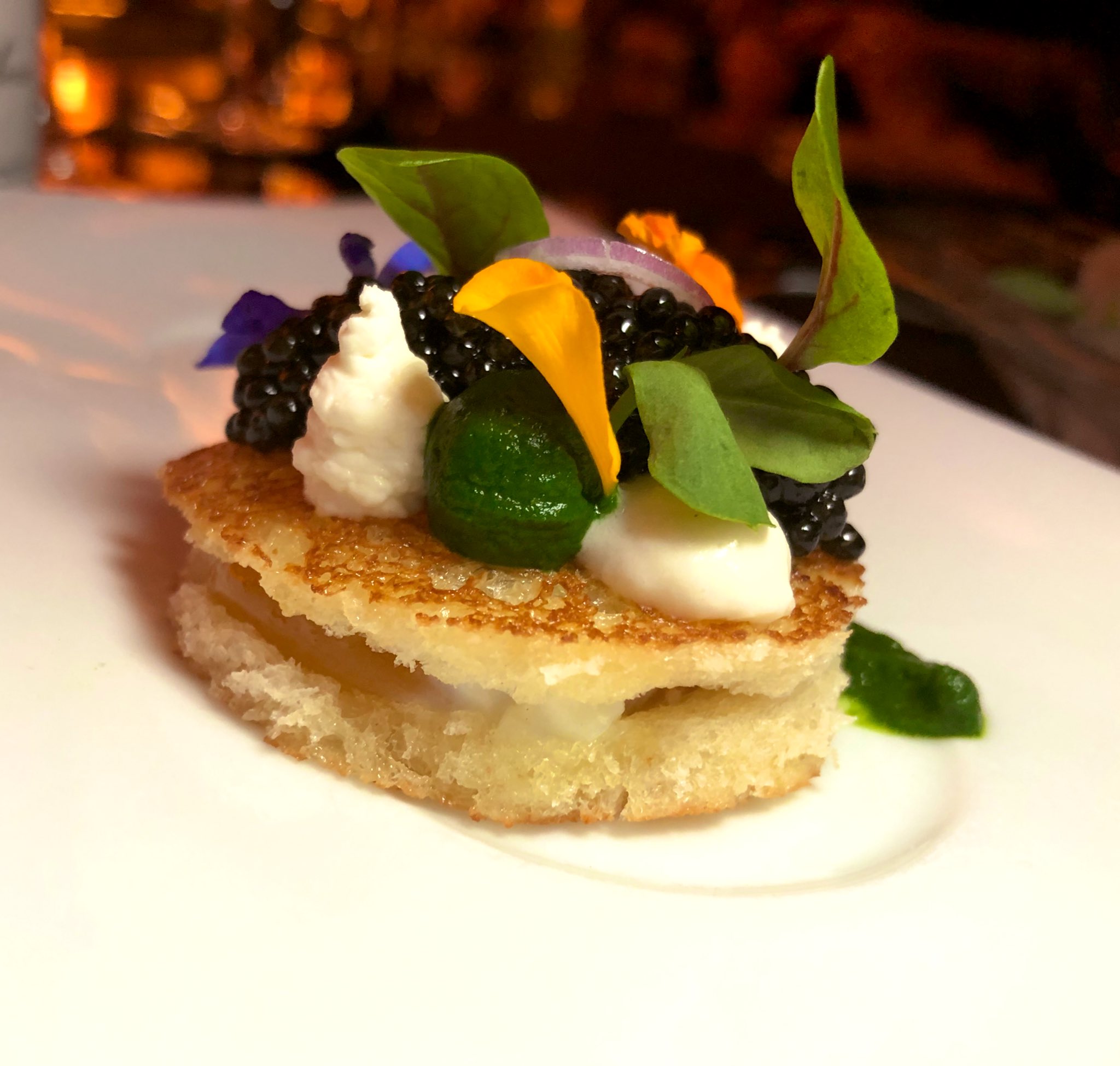
We pop into Sage every other year just to make sure it hasn’t lost its fastball. It hasn’t lost its fastball. In fact it may be throwing more heat than ever. New chef Thomas Griese is seeing to that.
Hiroyoshi
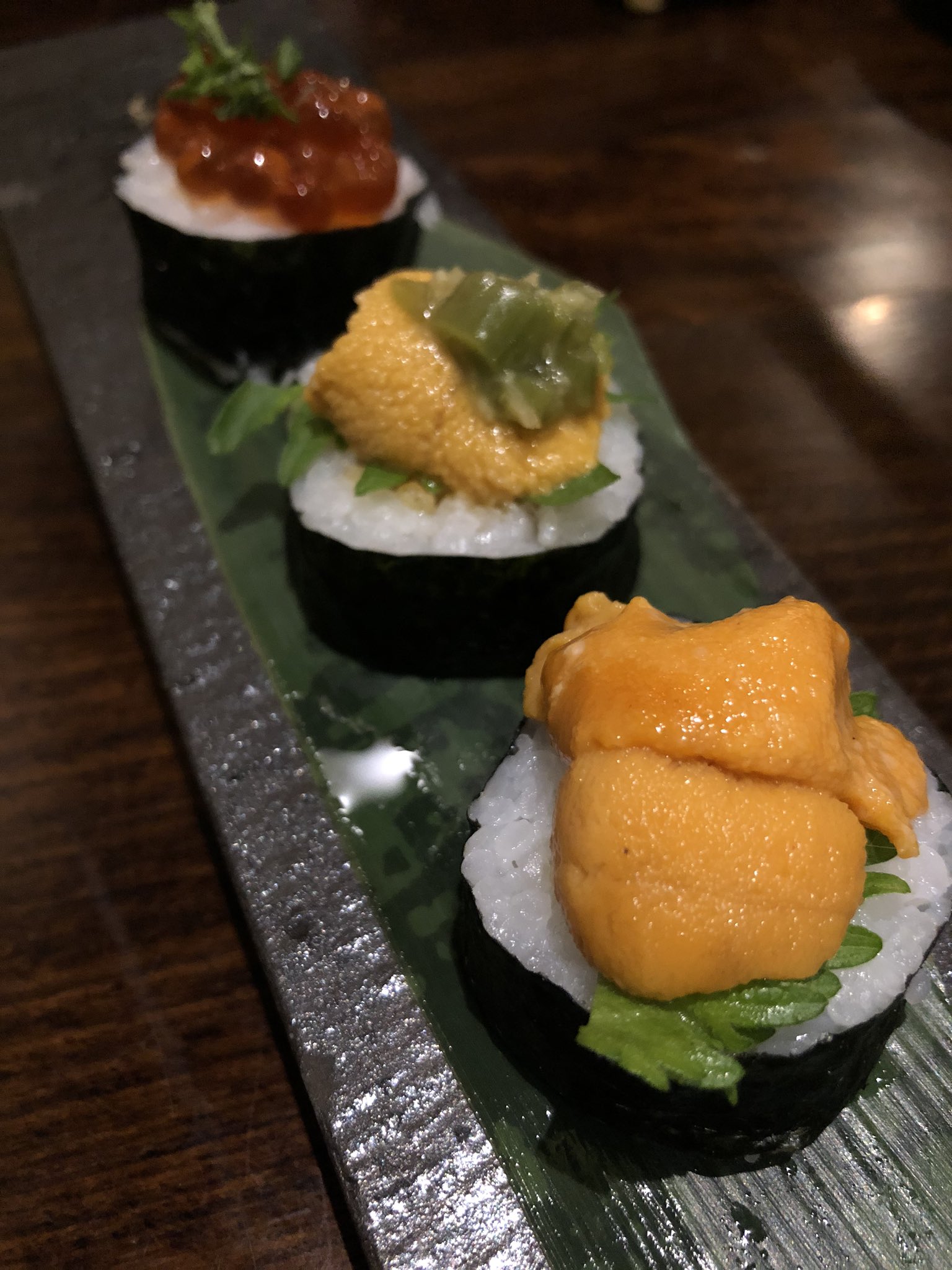
Every time I eat at Hiroyoshi, I kick myself for not eating here more often. Simply marvelous sushi at more than reasonable prices for what you get. The uni 3-ways will have you dropping your chopsticks in appreciation.
Estiatorio Milos
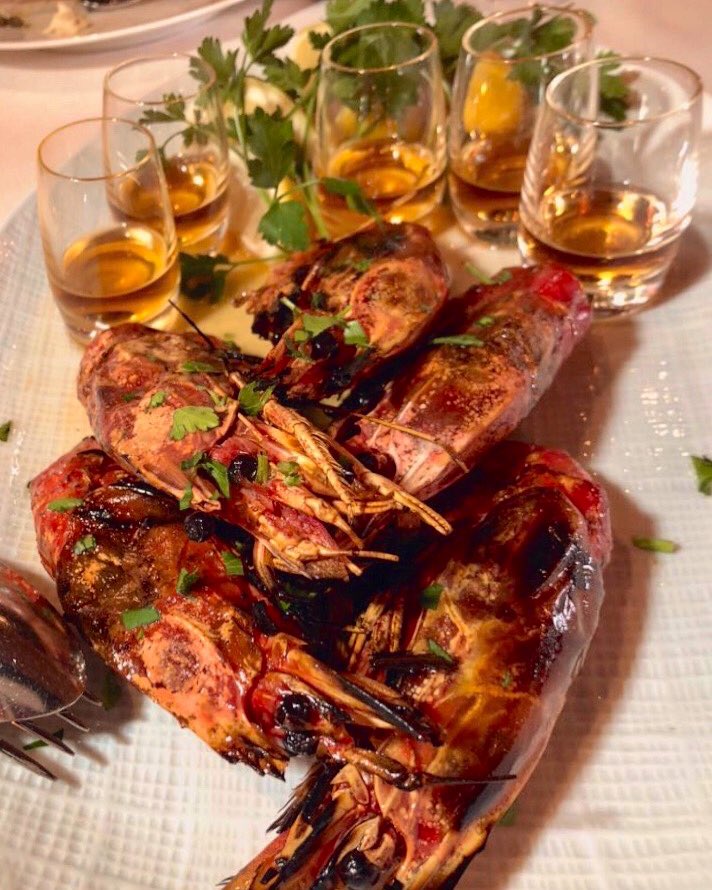
These Carabineros deep water prawns may be $30 a piece, but sucking sherry out of one of their detached craniums is the best cephalothorax you can get on the Strip.
Moon Palace
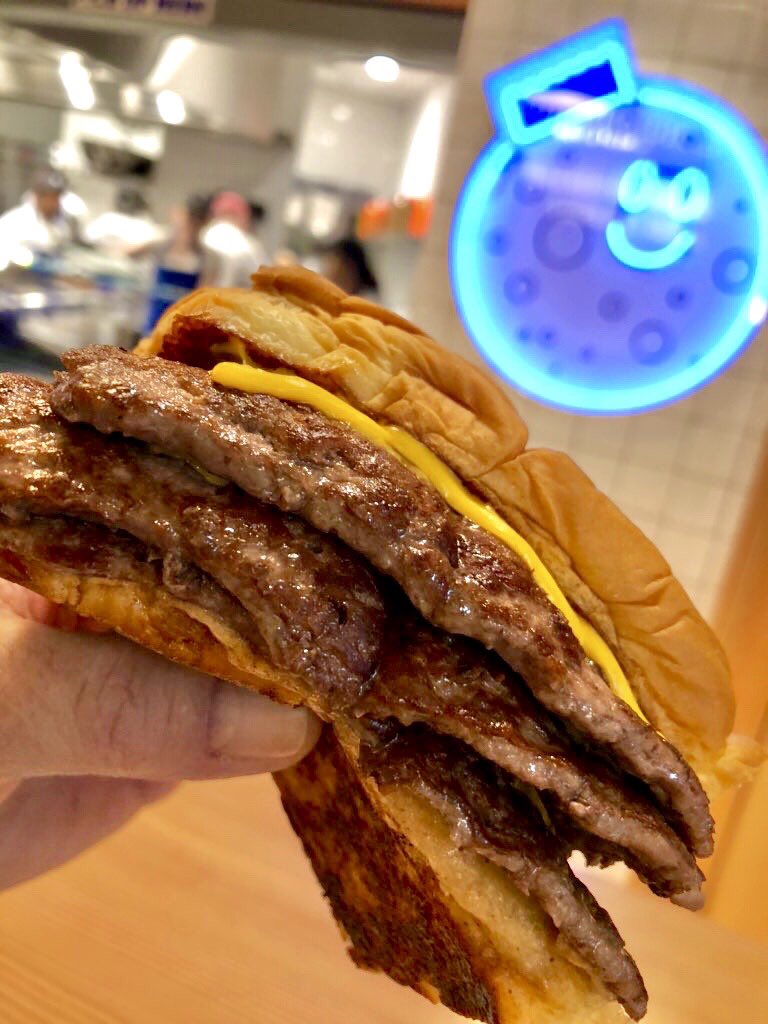
Everyone knows David Chang hates me. And I’m no fan of his warmed over, quasi-Korean concepts at Momofuku, either. But I’m willing to give his new joints a fair shot, and Moon Palace (located across the hall from the spanking new Majordomo), is a mini-burger empire whose time has come. Delicious from the first bite, and probably the apotheosis of the American slider.
Eiffel Tower Restaurant
Sometimes, we go visit an old favorite hoping for the best but expecting less. Despite the great view and good service, this place is become way too touristy for any serious gastronome. The lunch menu was mainly sandwiches; the torchon of foie gras wasn’t as finely-tuned as it should have been, and the burger not worth the pain-in-the-ass trek it takes to get there from the parking lot. Methinks me and The Food Gal® have eaten our last meal here.
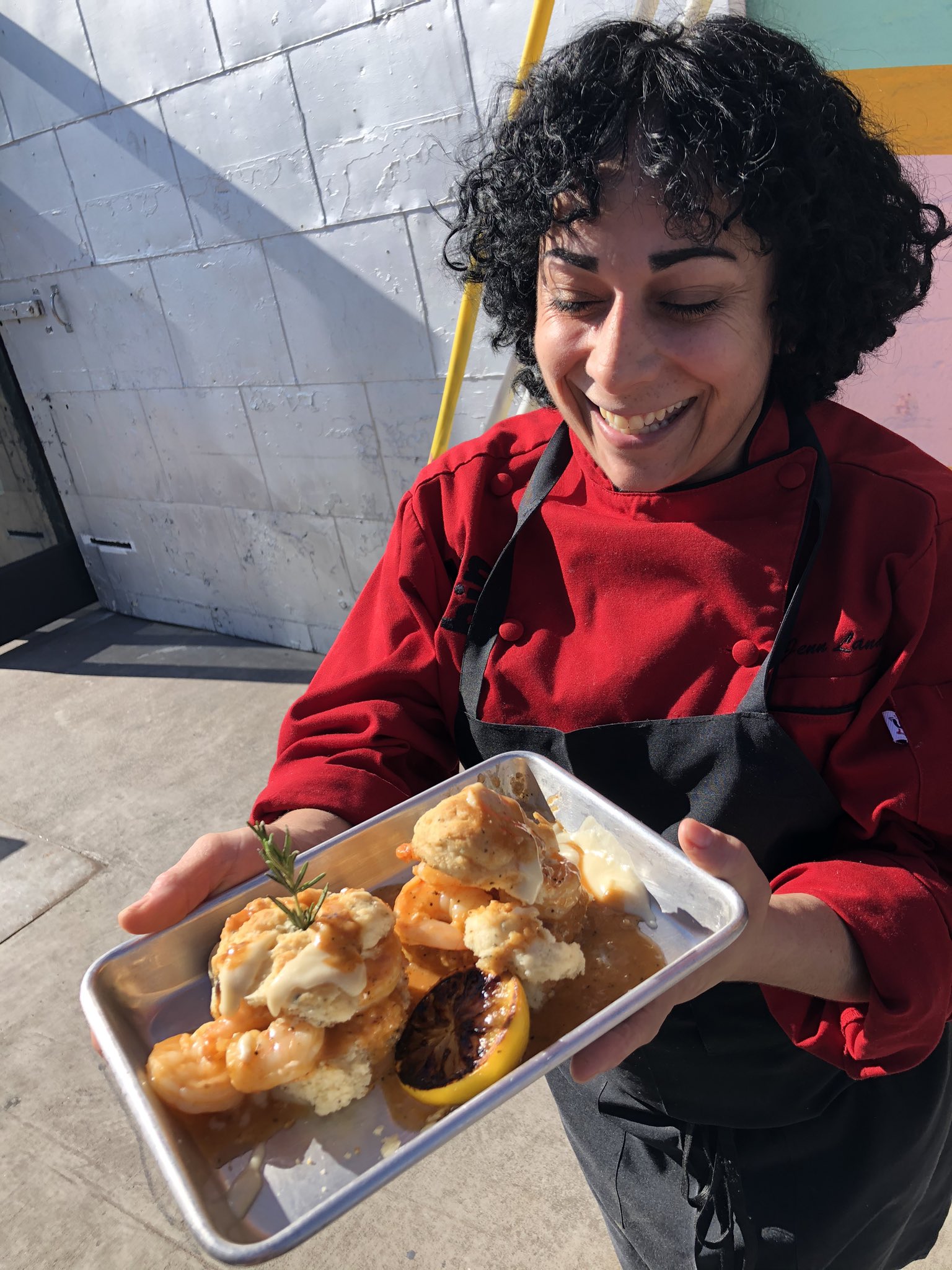
Fingers are crossed that Louisiana native Jen Landry (above) can put this place on the culinary map. The menu seems promising, and the gal has a way with biscuits. If only the physical layout of the joint weren’t so shitty.
Graffiti Bao
We liked Graffiti Bao, but didn’t love it enough to ever again travel to the far southwest to eat its bread-y, doughy dumplings. It didn’t help that each of the fillings (Szechuan beef, kung pao chicken and barbecue pork were almost indistinguishable in taste. Our Chinese-Korean dining companion was also put off by the burrata offering on the menu (with garlic-chili sauce and scallion pancake!) — a combination that makes as much sense as kimchi on a pizza. “White people trying too hard to be hip Asians,” she sniffed. And she’s probably right.

The Patty (pictured above) deserves to be in the Sandwich Hall of Fame. It takes a while to melt all of that gooey cheese into the chopped beef, but the wait is always worth it.
Suzuya Patisserie & Cafe
On South Buffalo, a mini-micro-climate of hip Asian-fusion eats has sprung to life, with Suzuya, Graffiti Bao and Fukuburger all located within a stone’s throw of each other. Each space (like its surrounding shopping center) is spanking new, with all the polished, antiseptic charm of a mall food court. This seems to bother the patrons not at all, as from the get-go, Suzuya has been packed with customers both Asian and non-, in numbers that would’ve overwhelmed its original cracker-box location, a few miles west. Suzuya’s pastries are very French, but also a la Française as filtered through Japanese sensibilities, meaning: more delicate and less sweet. From the crowds we’ve observed, there seems to be a pent-up demand for this Sino-Franco fusion, as there should be.
Soyo Korean Barstaurant
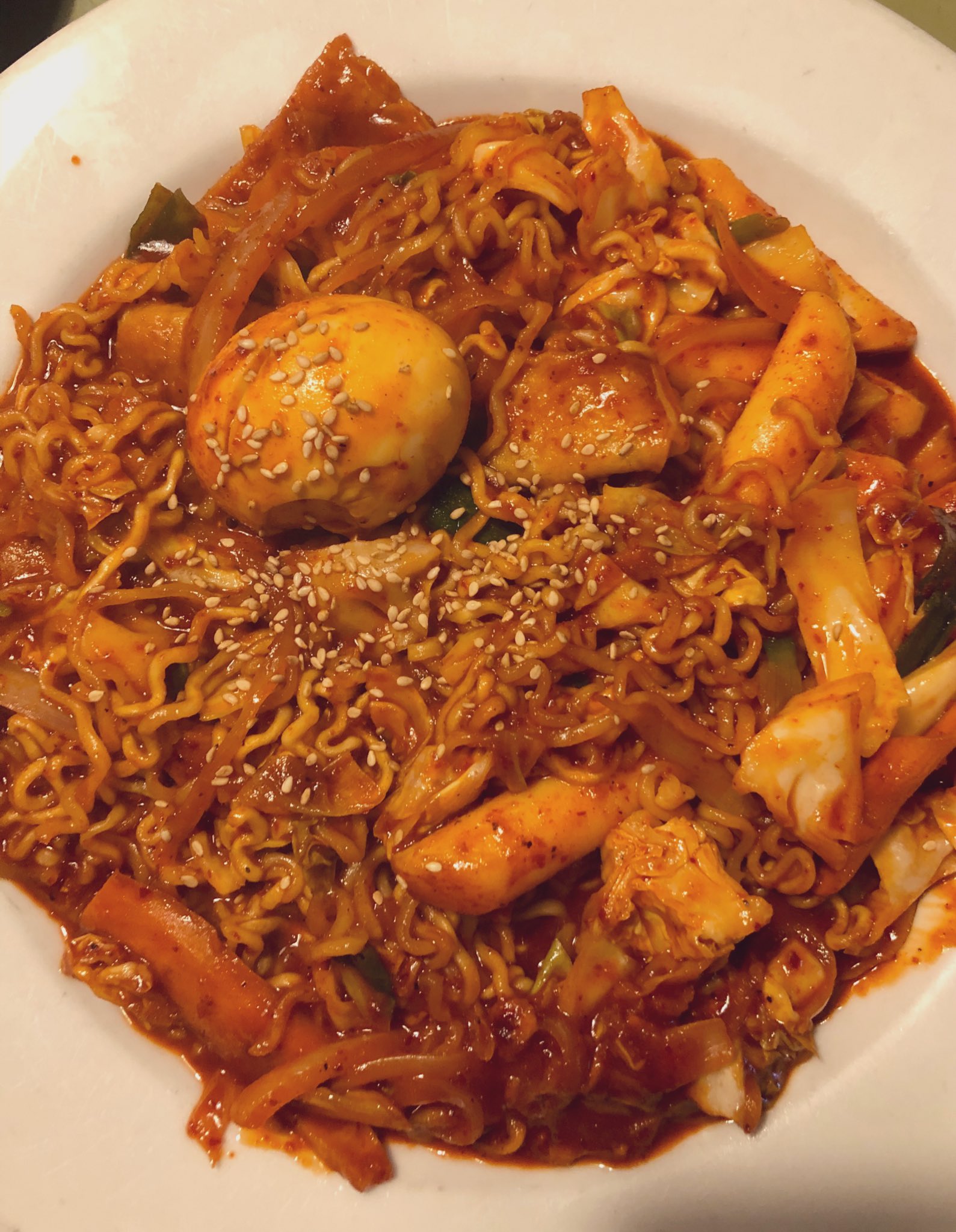
Korean food baffles me. It’s intense, over-the-top, ingredient-heavy, starchy, spicy, gut-busting and soul-warming all in one. Korean food after a Japanese meal is like a NFL team lining up next to the Bolshoi Ballet. I love it but I don’t claim to understand it. If you want to do both, Soyo is a good place to start.
PublicUs
I love croissants like a bear loves honey. Like a Pelosi loves impeachments; like a Trump loves beauty pageants. The ones at PublicUs might be the best in town. If not, they’re certainly in the top three.
Yum Cha
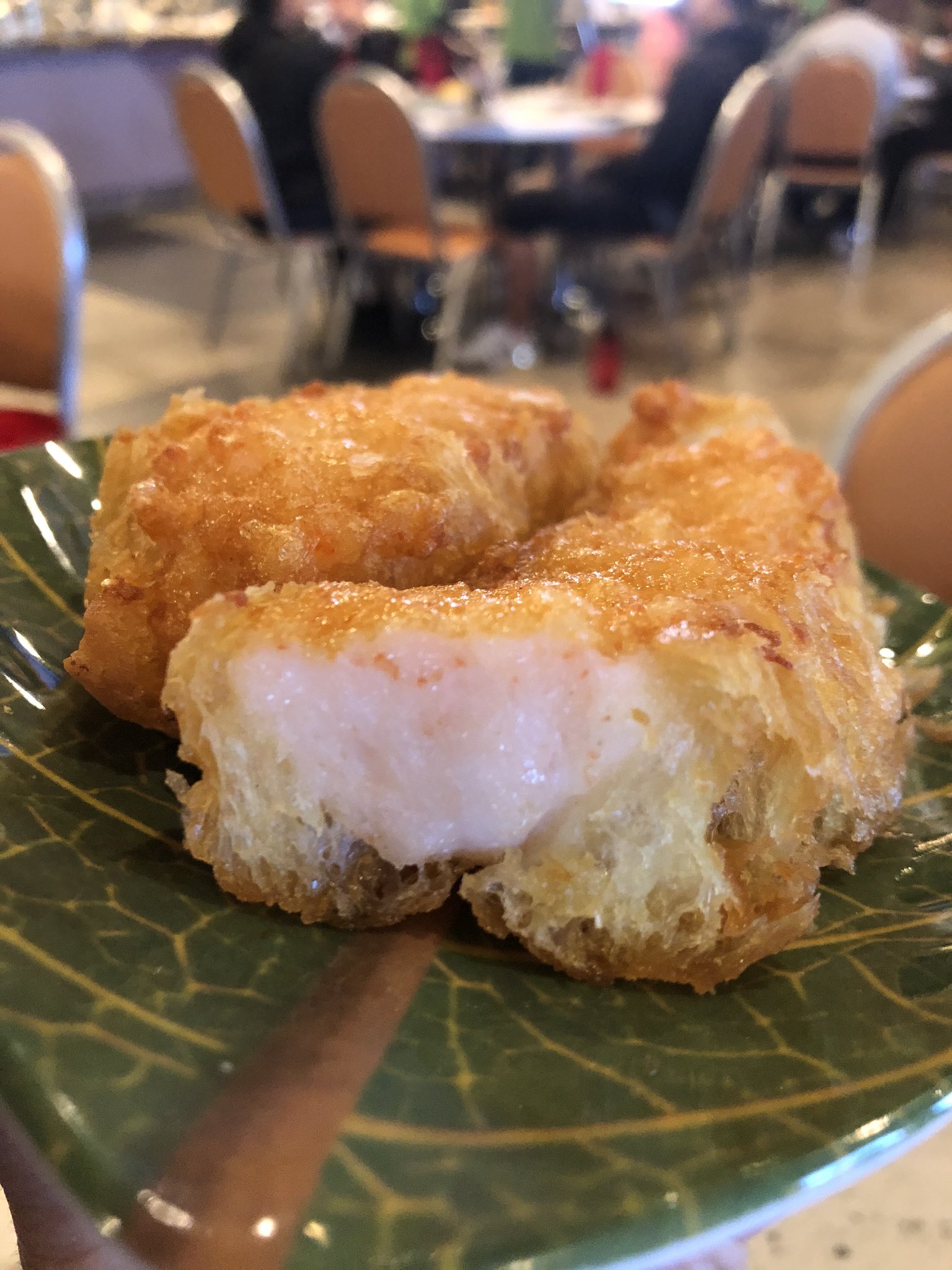
Our new go-to for dim sum. Not in Chinatown, but a real find on W. Tropicana with great prices, an open kitchen, a picture menu (great for dim sum beginners) and very attentive service.
Cornish Pasty Co.
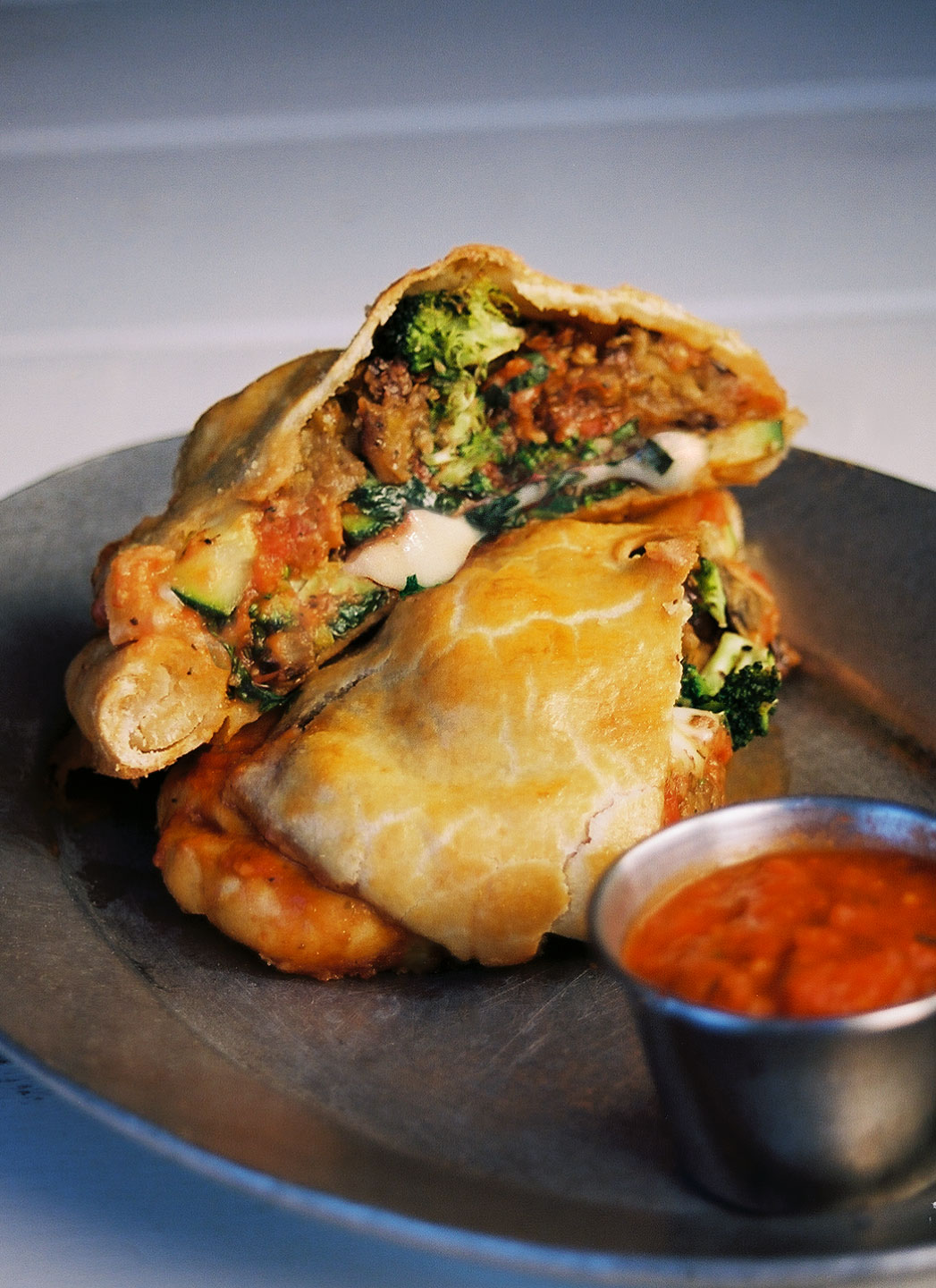 (Belly bombs away!)
(Belly bombs away!)
If you look up “stick to your ribs” in a dictionary, you’ll see a picture of a Cornish pasty.
El Dorado Cantina
 (Some buns get a rise out of us)
(Some buns get a rise out of us)We spent $83 on Mexican food here. For 3 tacos, and bowl of soup, and appetizer and a beer. For eighty-three bucks I want mariachi music. Or Shakira shaking her ass in my face. Never again.
Cipriani
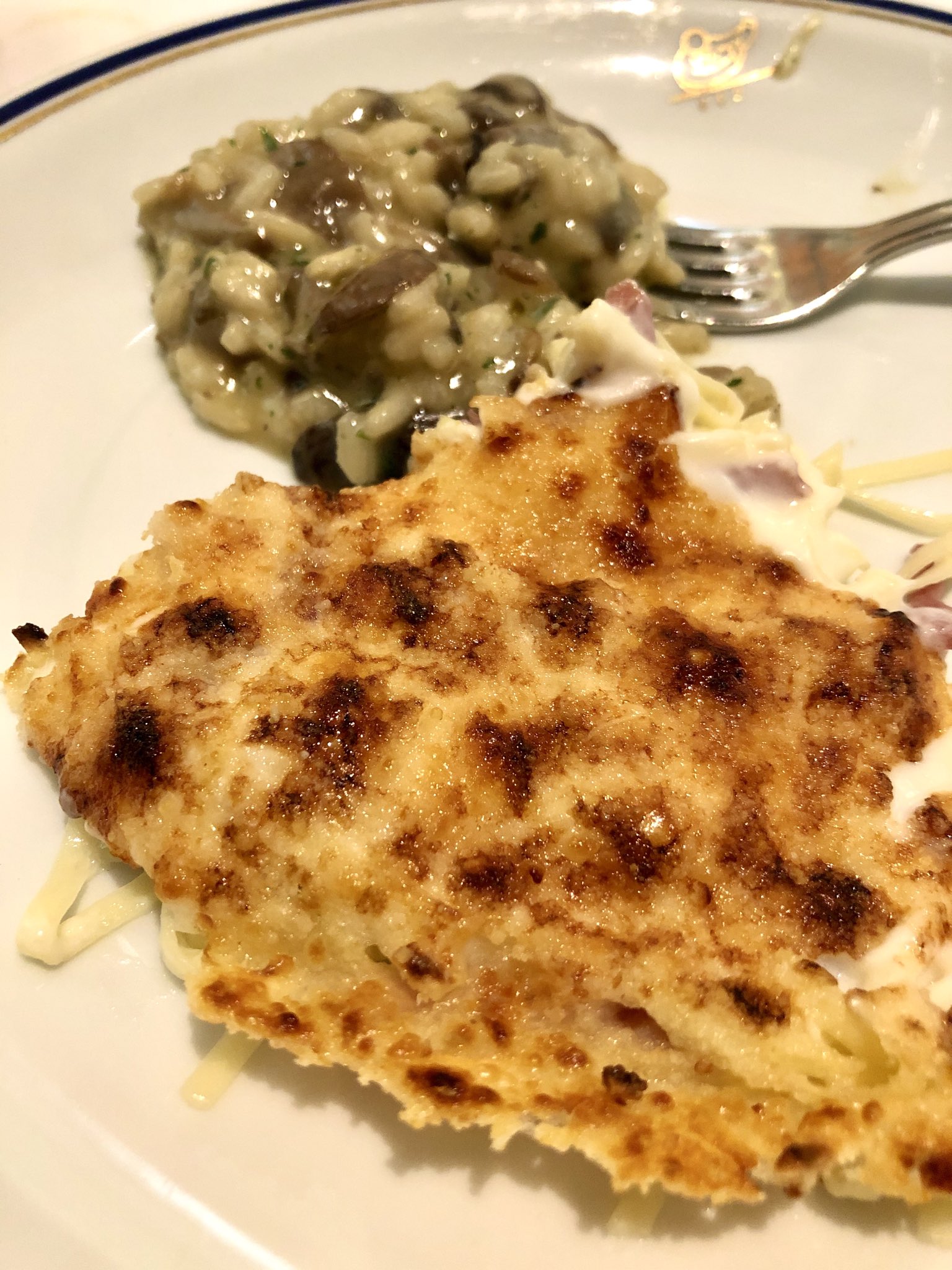
I eat at Cipriani so often they ought to name a booth after me. I could eat its baked tagliolini with ham (above) every day of the week and never get tired of it. Like everything here, it is stunningly simple Italian food served by real pros who never miss a beat. If you want to see what a great Italian ristorante looks like, this is the place. But don’t say I didn’t warn you about the gelato. You’ll be hooked from the first bite.
That’s 21 restaurants in 31 days — barely breaking a sweat by my standards.
Remember, I’m plowing all this ground so you don’t have to (kind of like a porn star). My continuing mission is to guide you to only the best of the best, so you will know where best to spend your dining out dollars.
We at Being John Curtas hope these posts are helpful to achieve these goals. But if any of this causes you menu envy, try to remember this German word to help you over your green-eyed hunger hurdles:

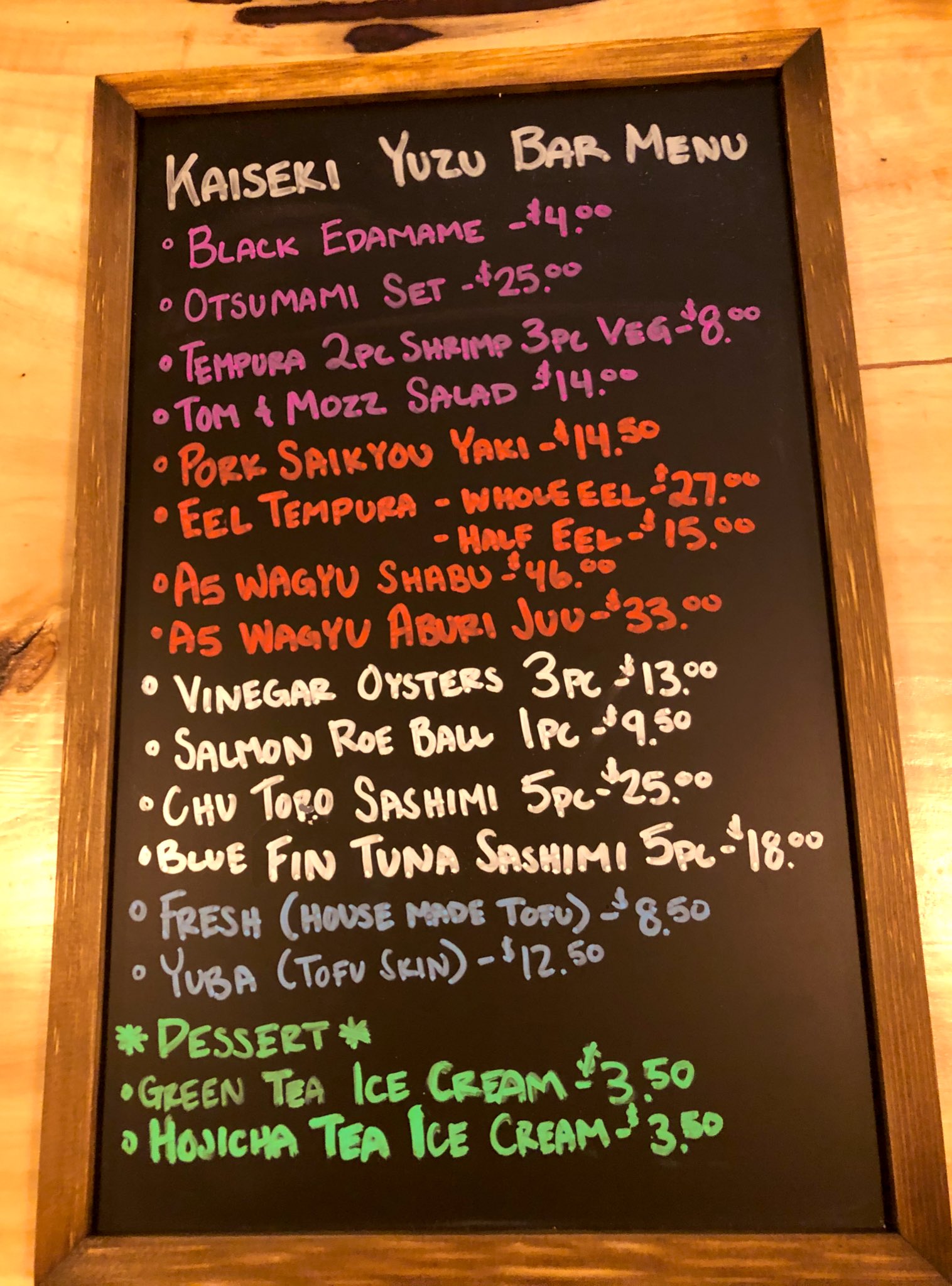
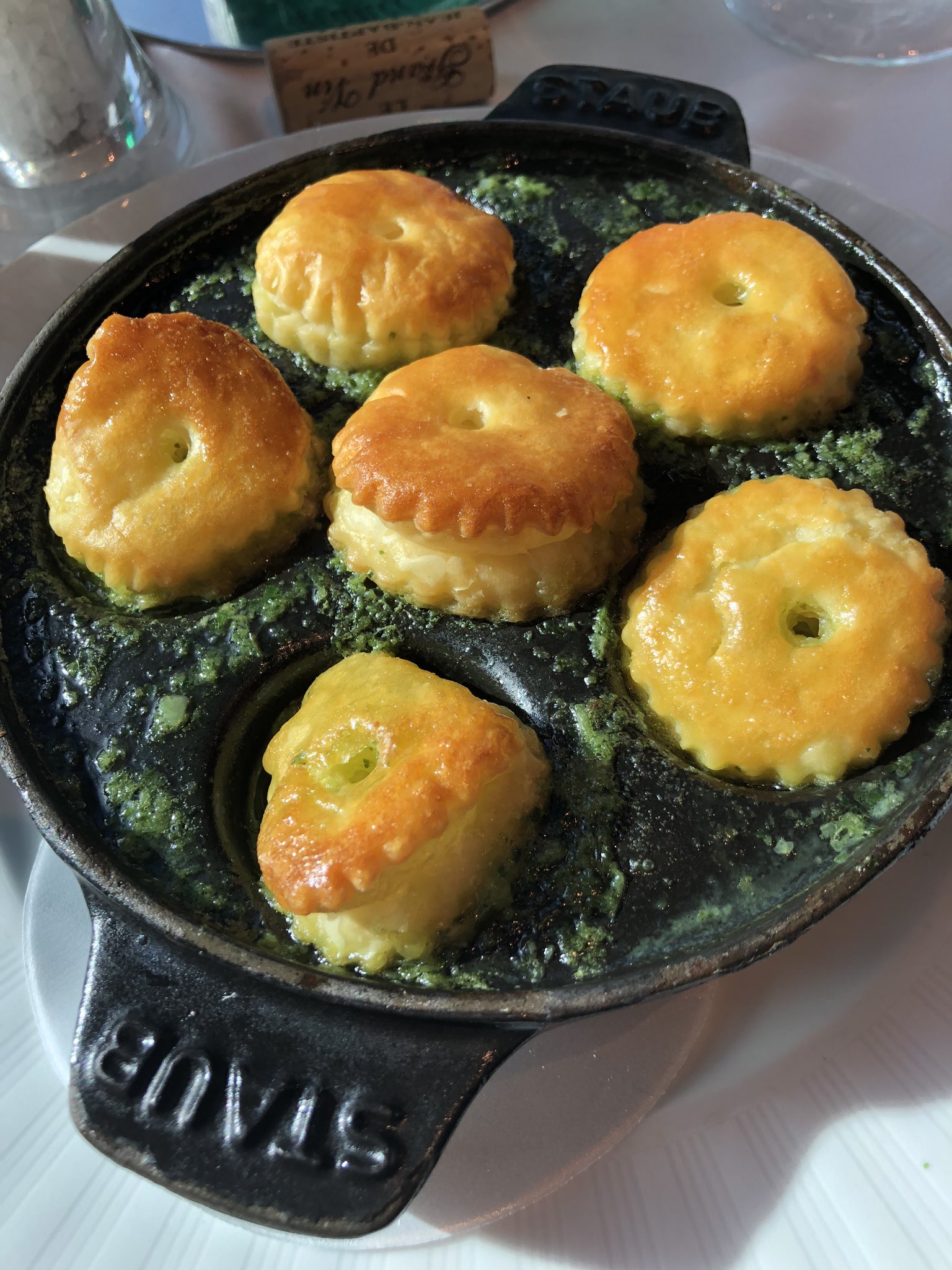
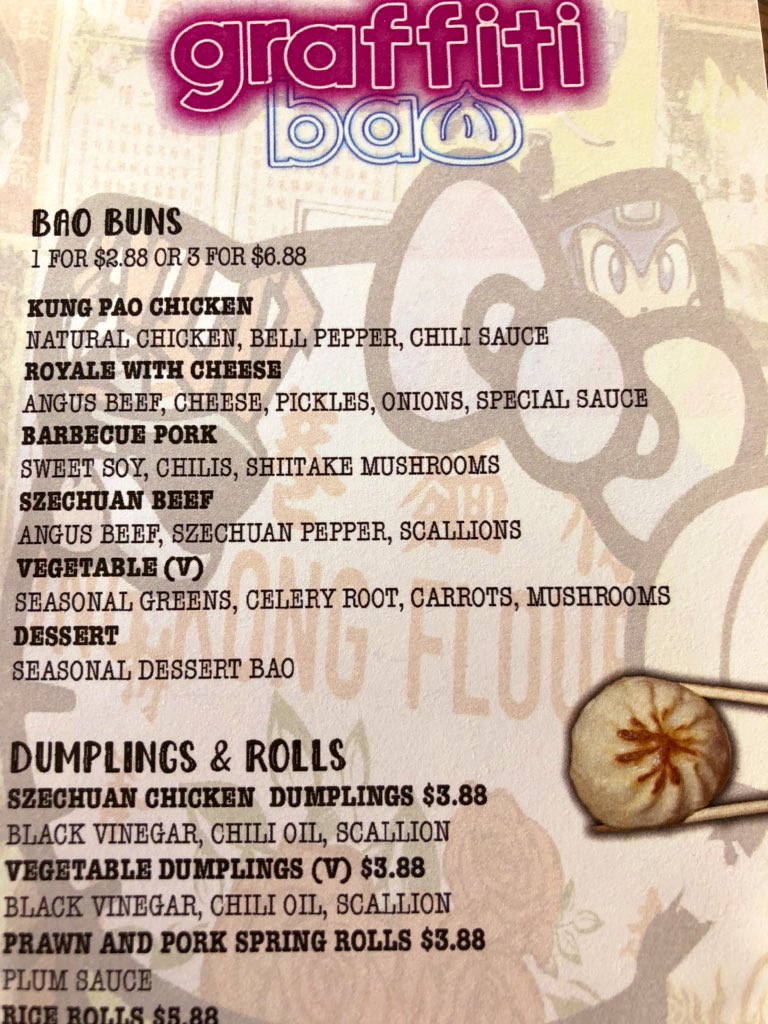

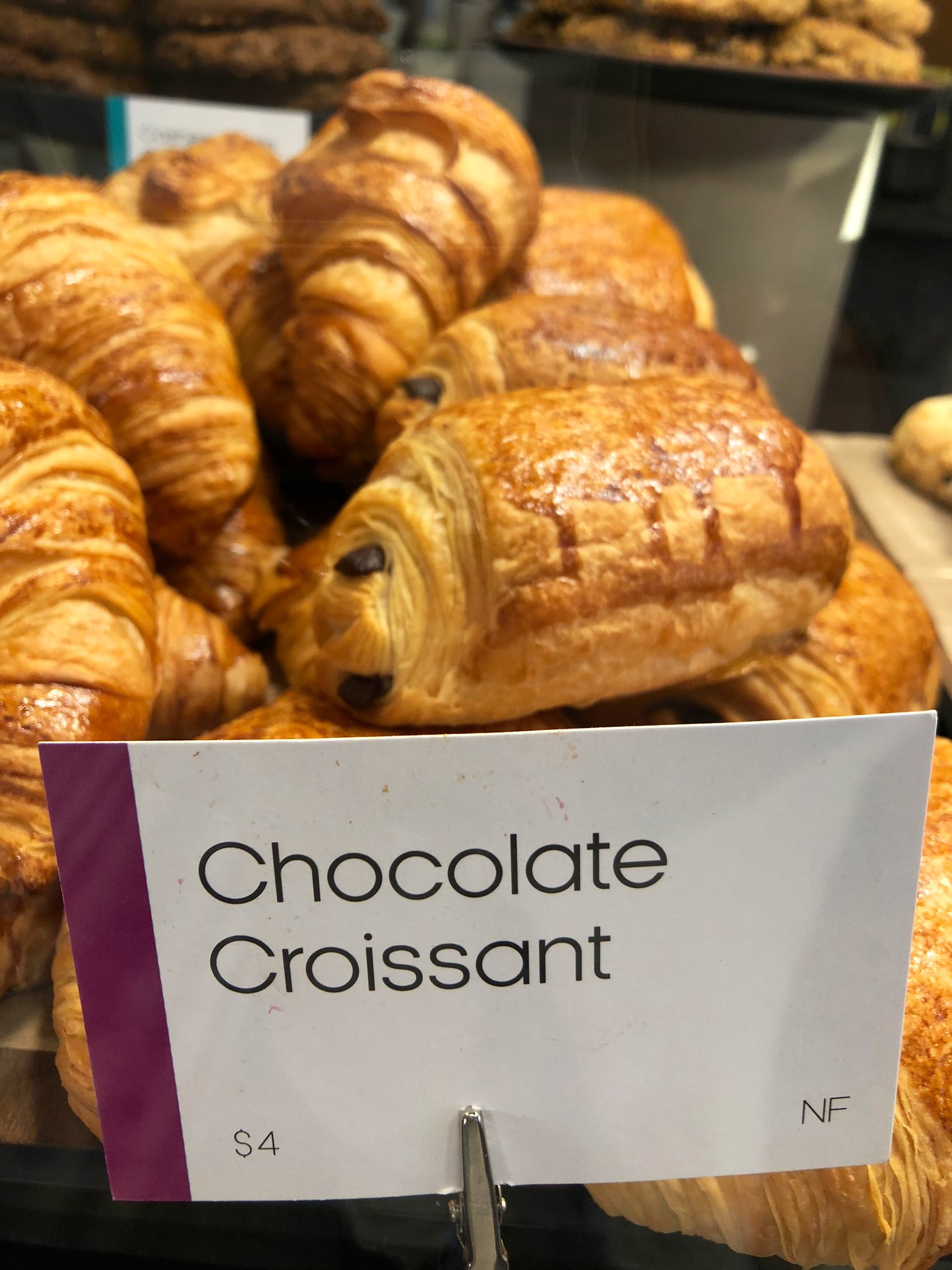

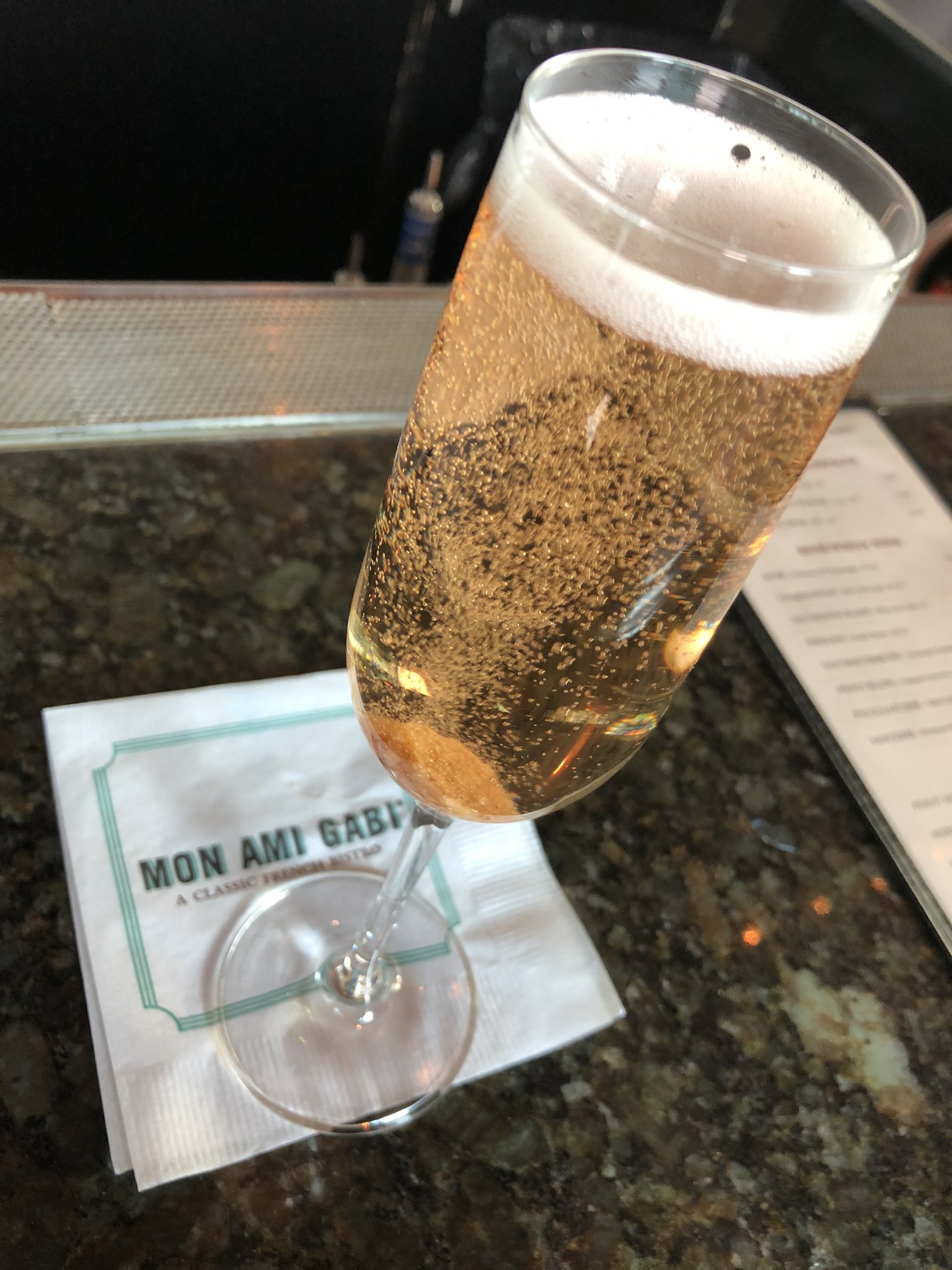

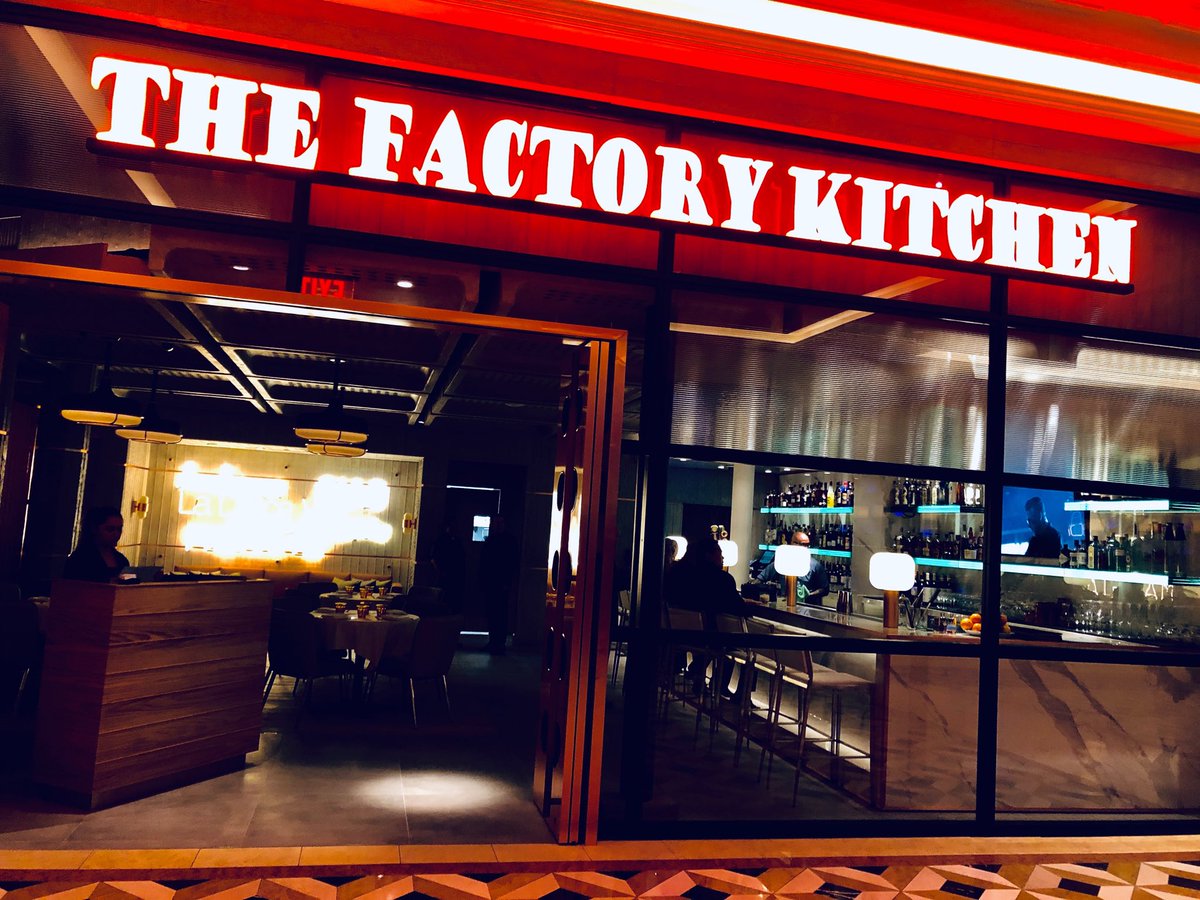

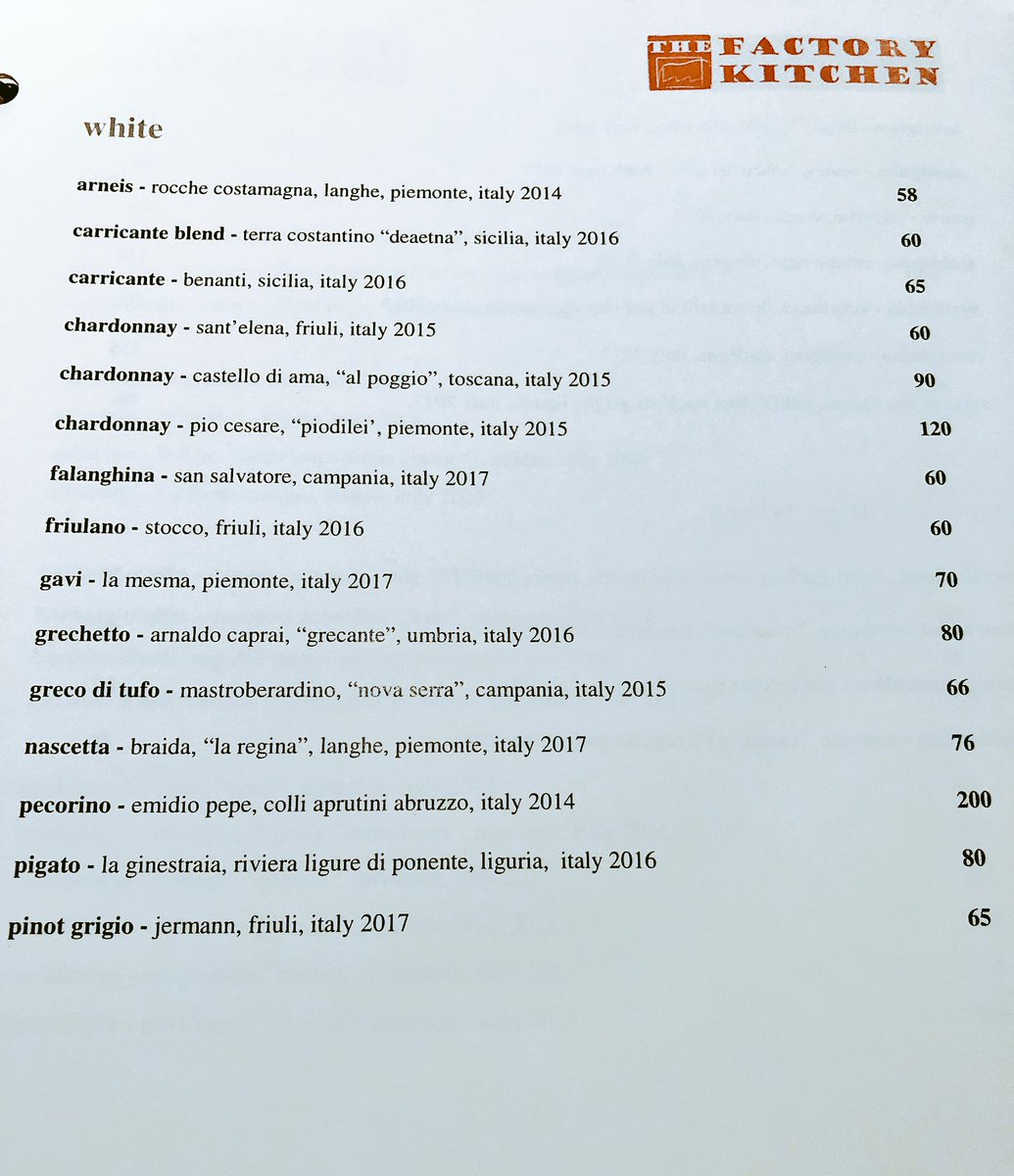
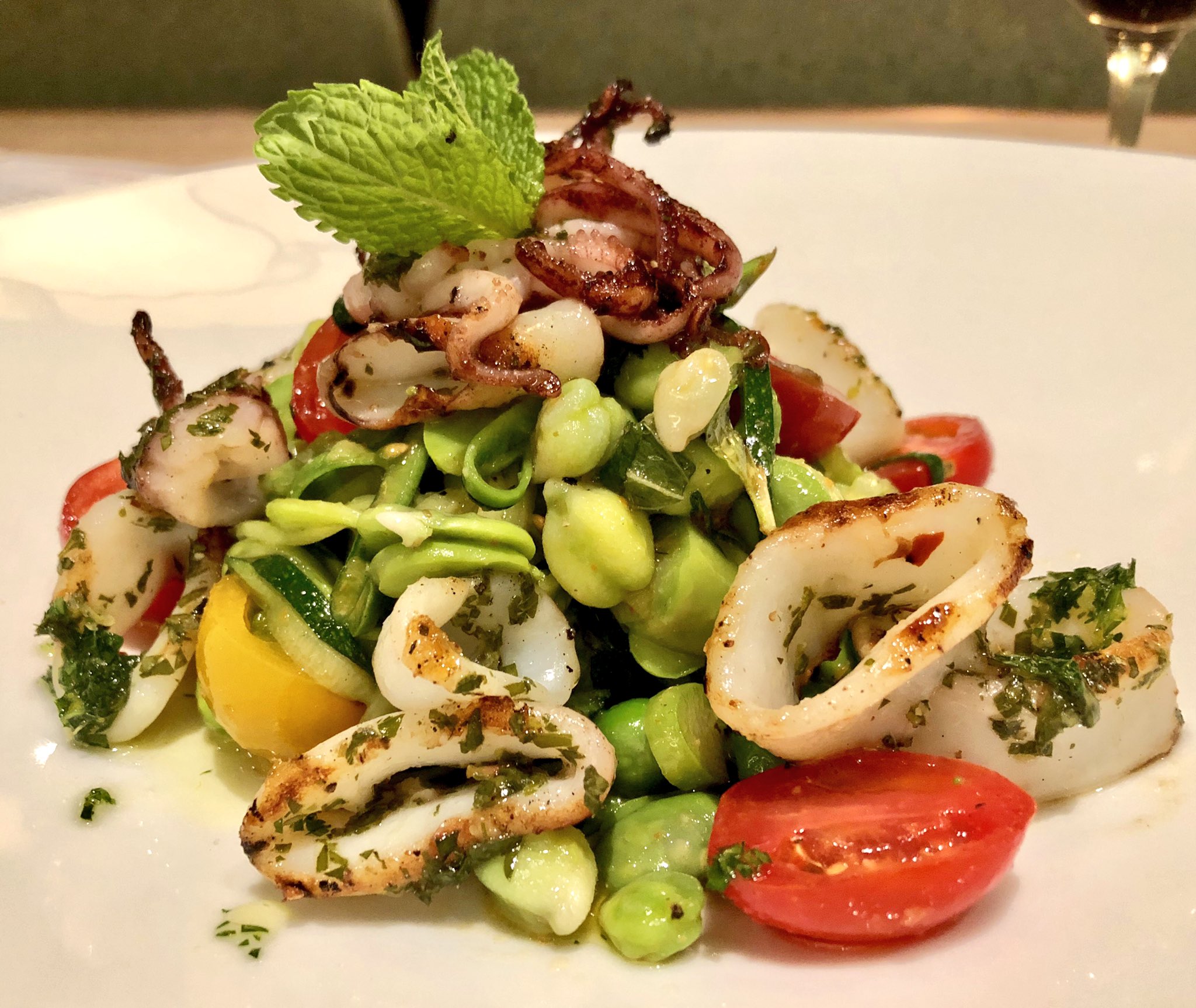
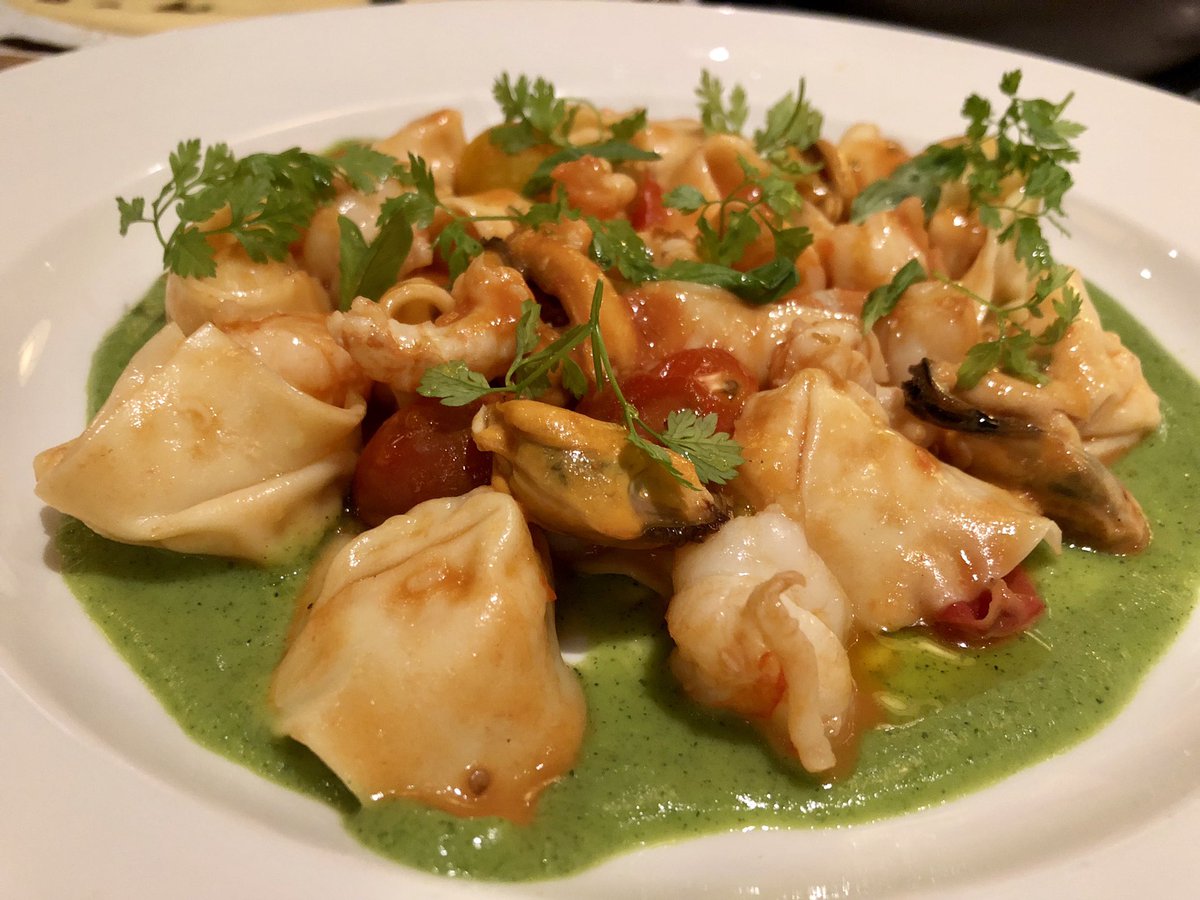 (Ravioli di pesce)
(Ravioli di pesce)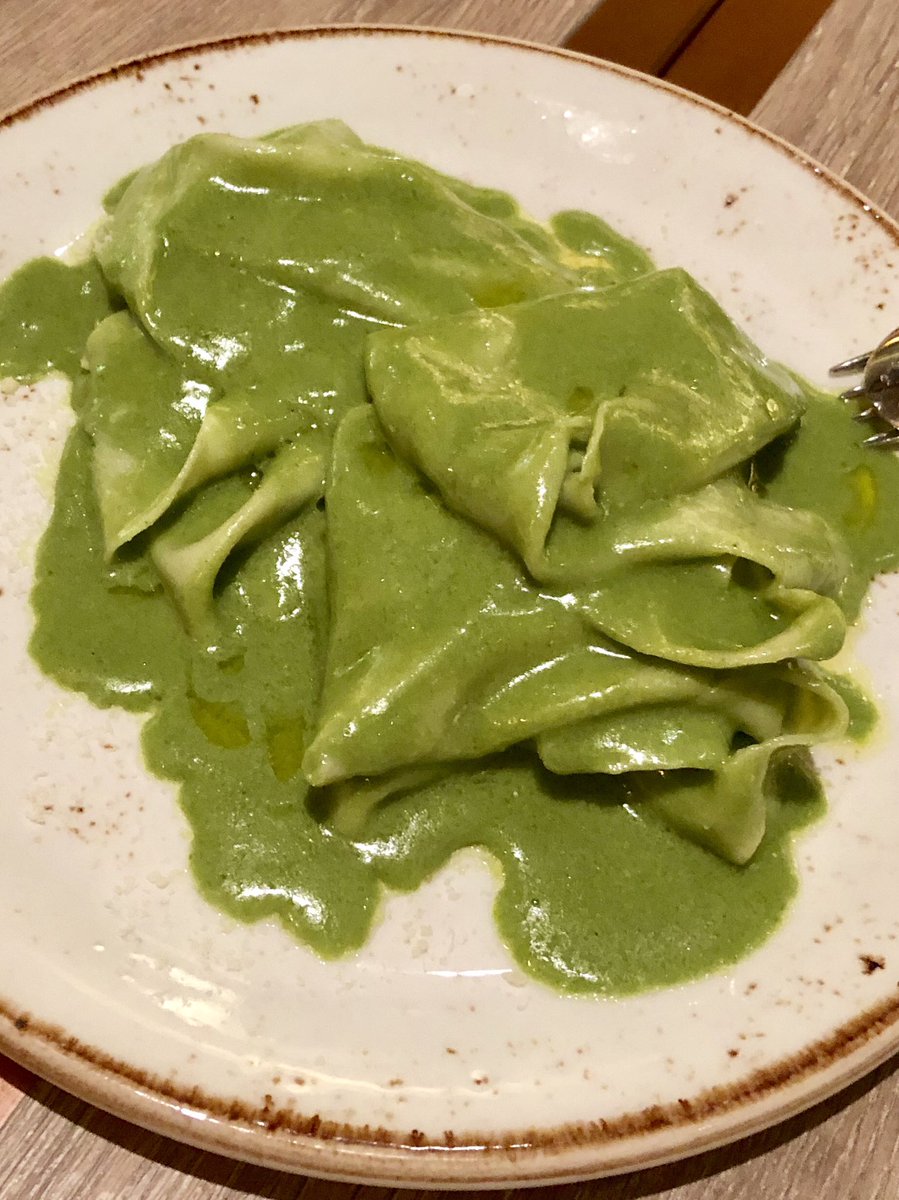
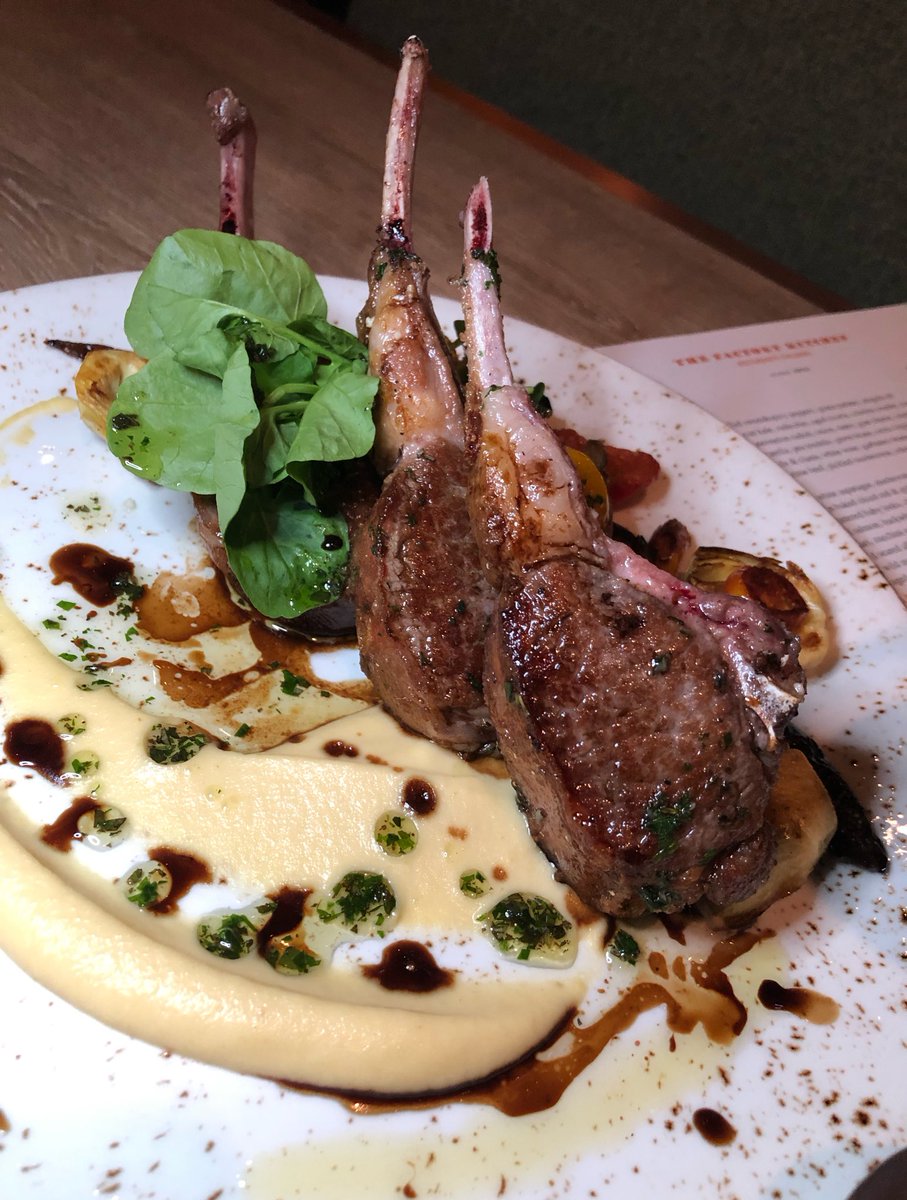 (Lamb chops with root veggie purée)
(Lamb chops with root veggie purée)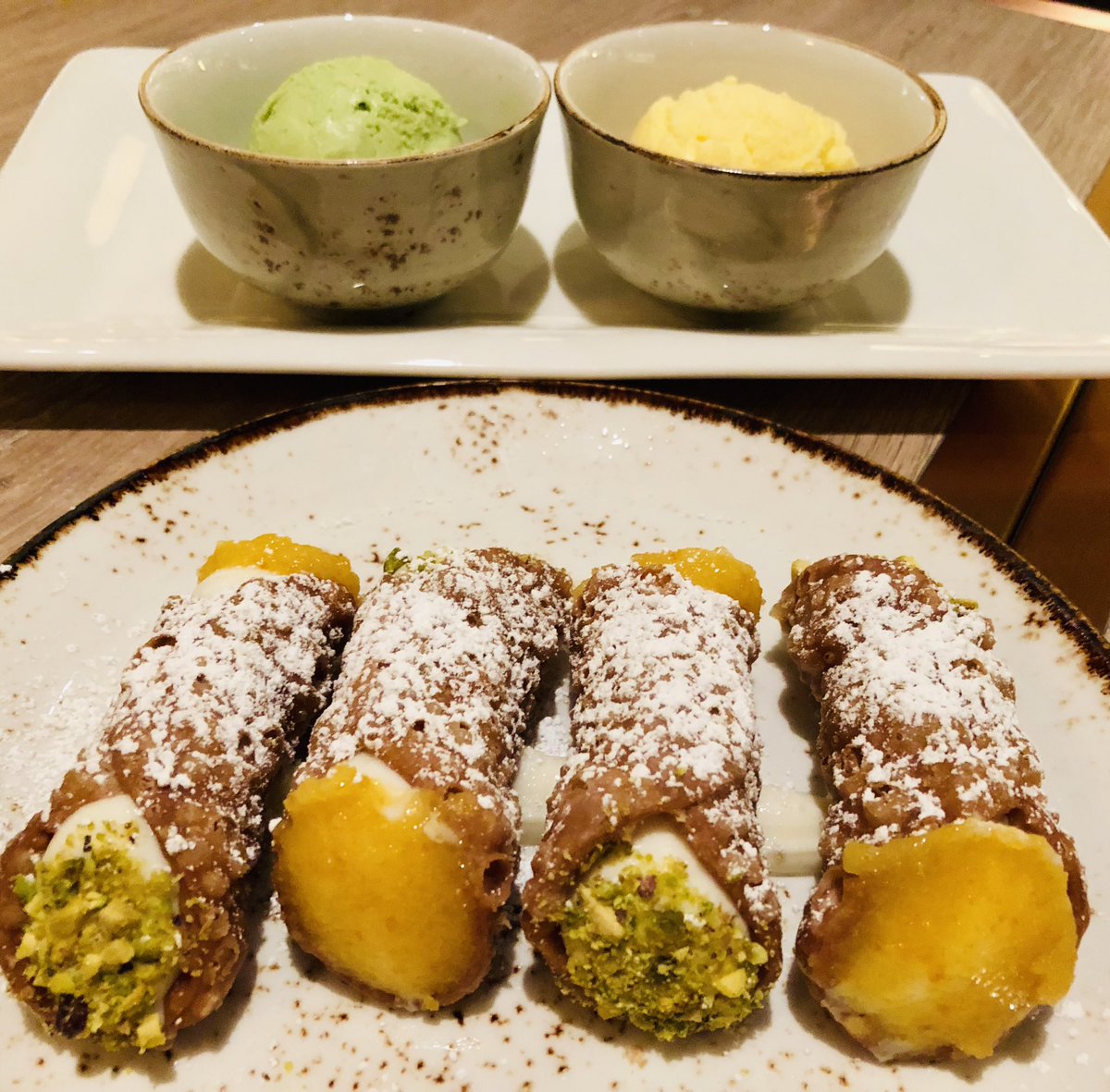
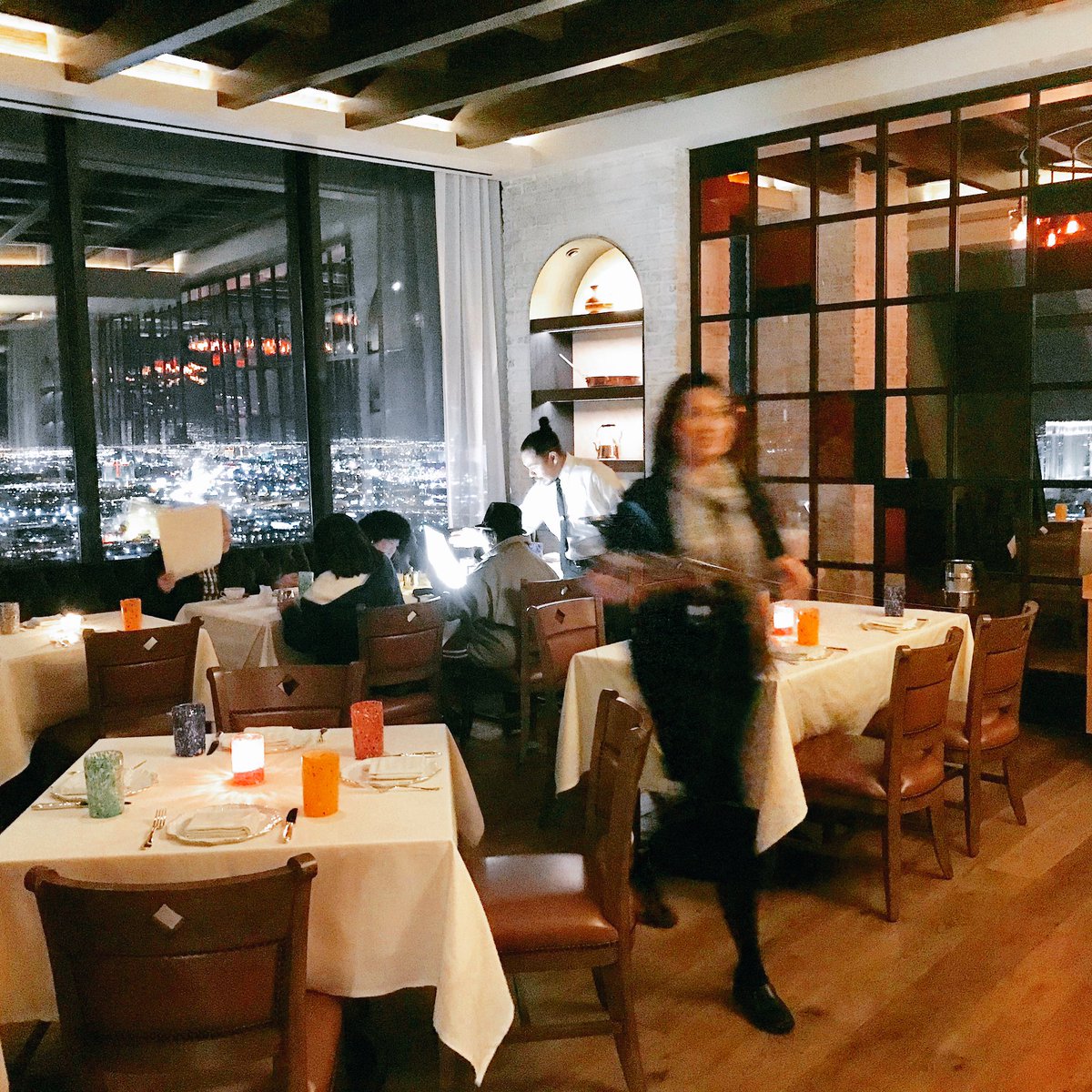
 (Tonnarelli grana arso with seafood)
(Tonnarelli grana arso with seafood)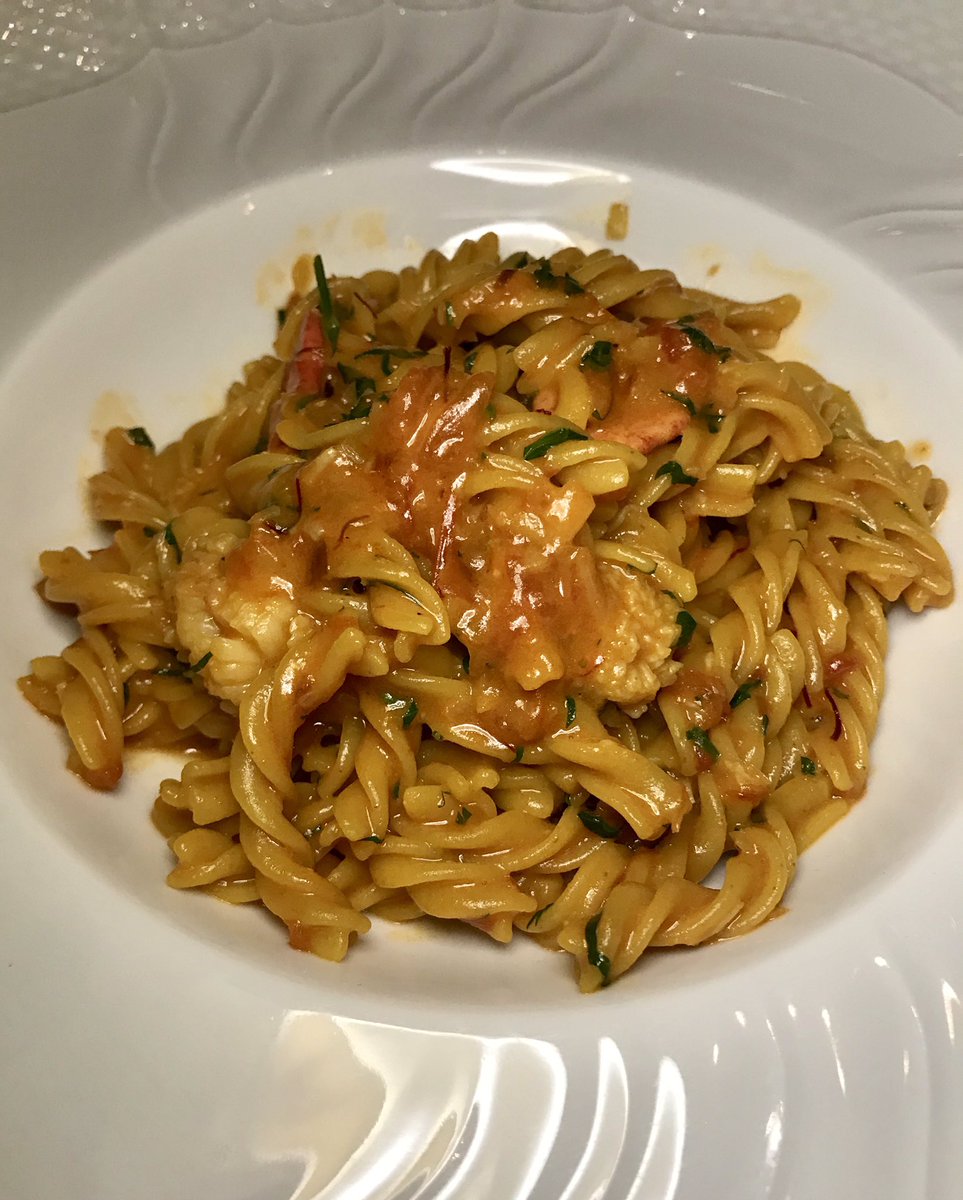 (Fusilli with saffron)
(Fusilli with saffron)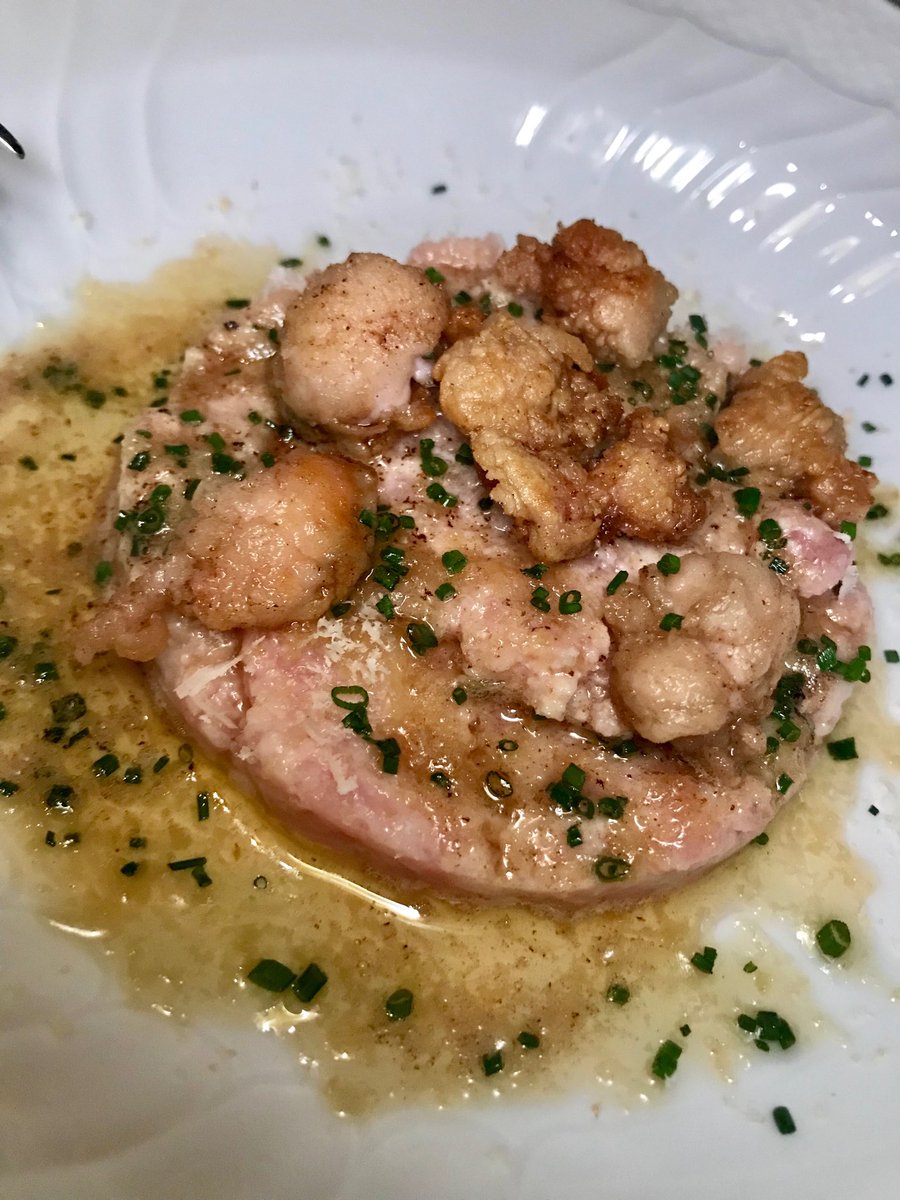 (Veal tartare with crispy sweetbreads)
(Veal tartare with crispy sweetbreads)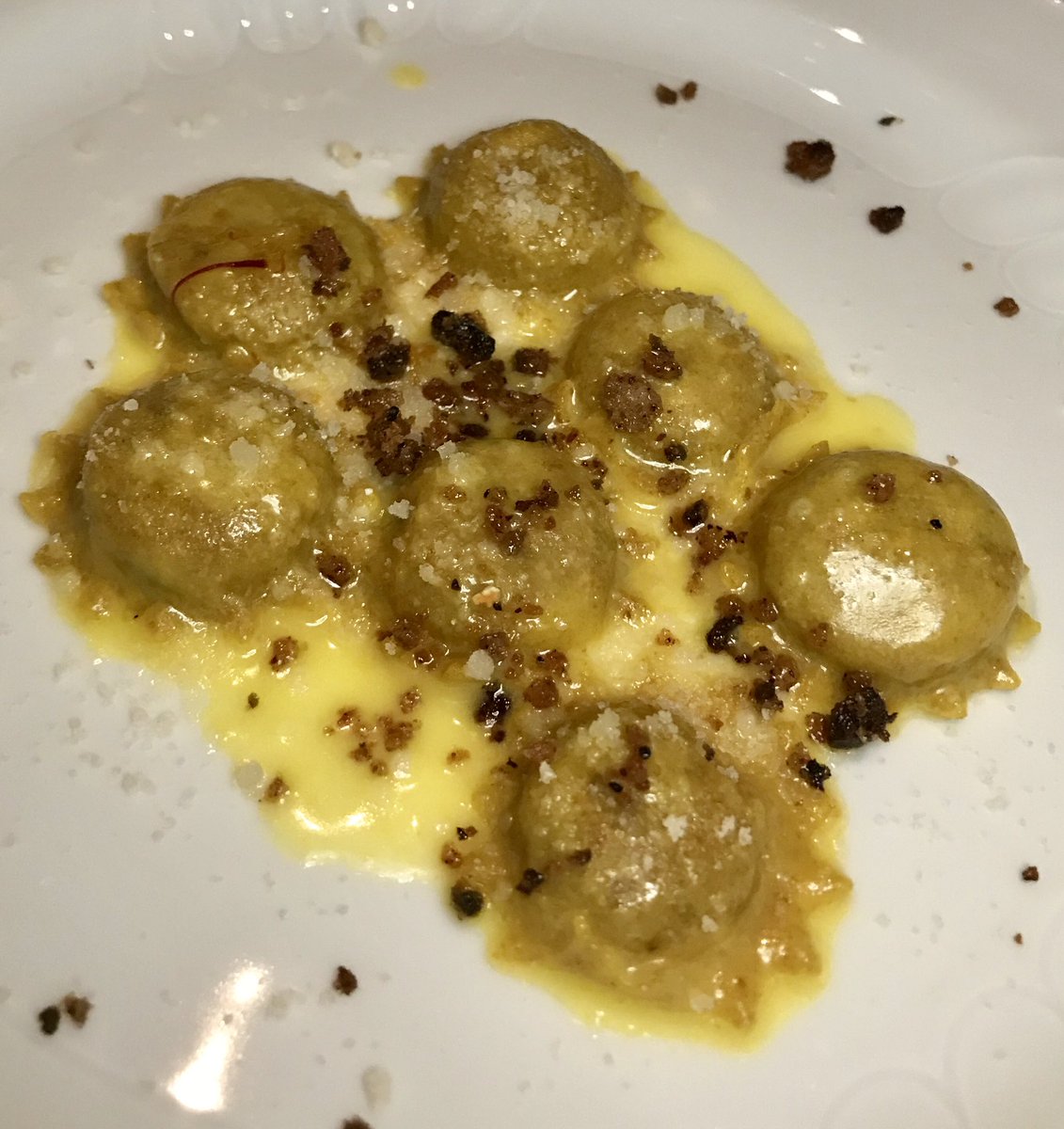

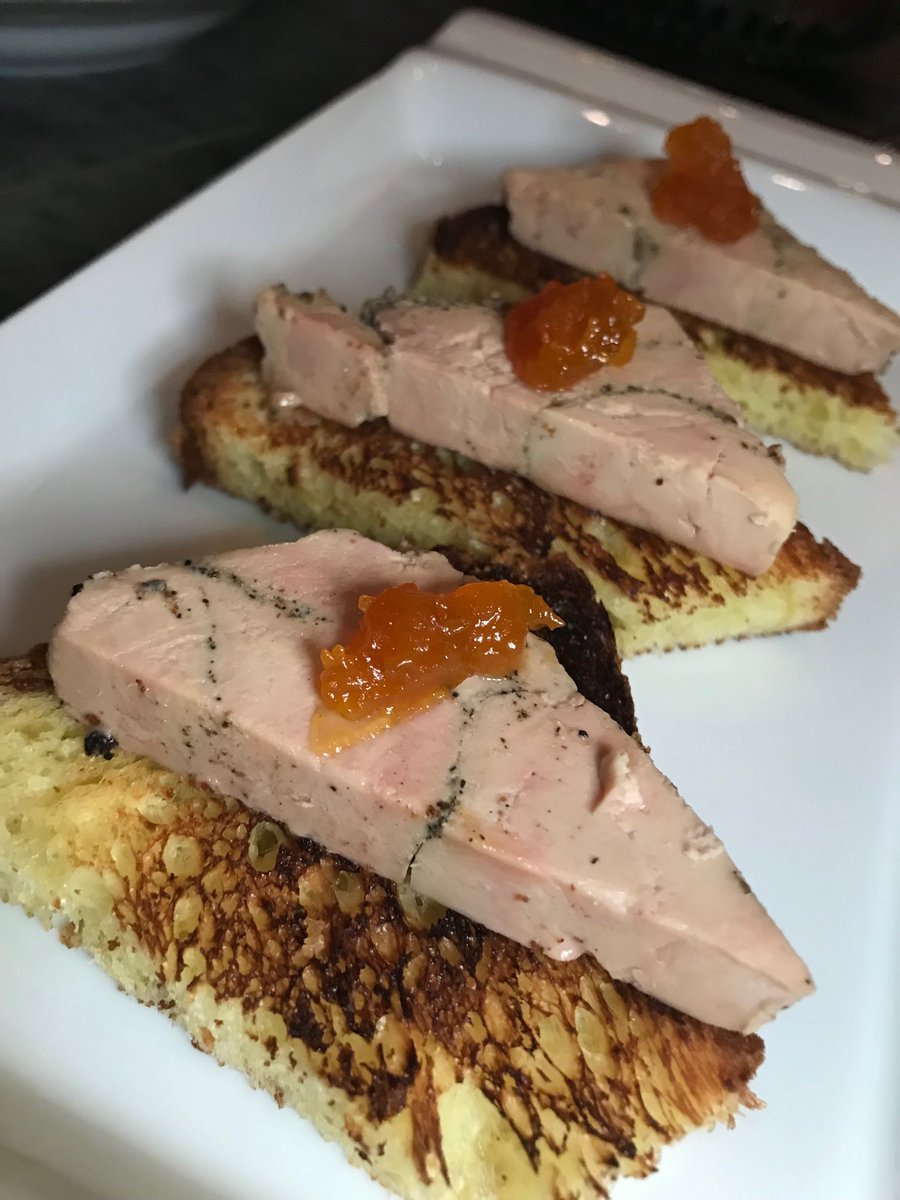
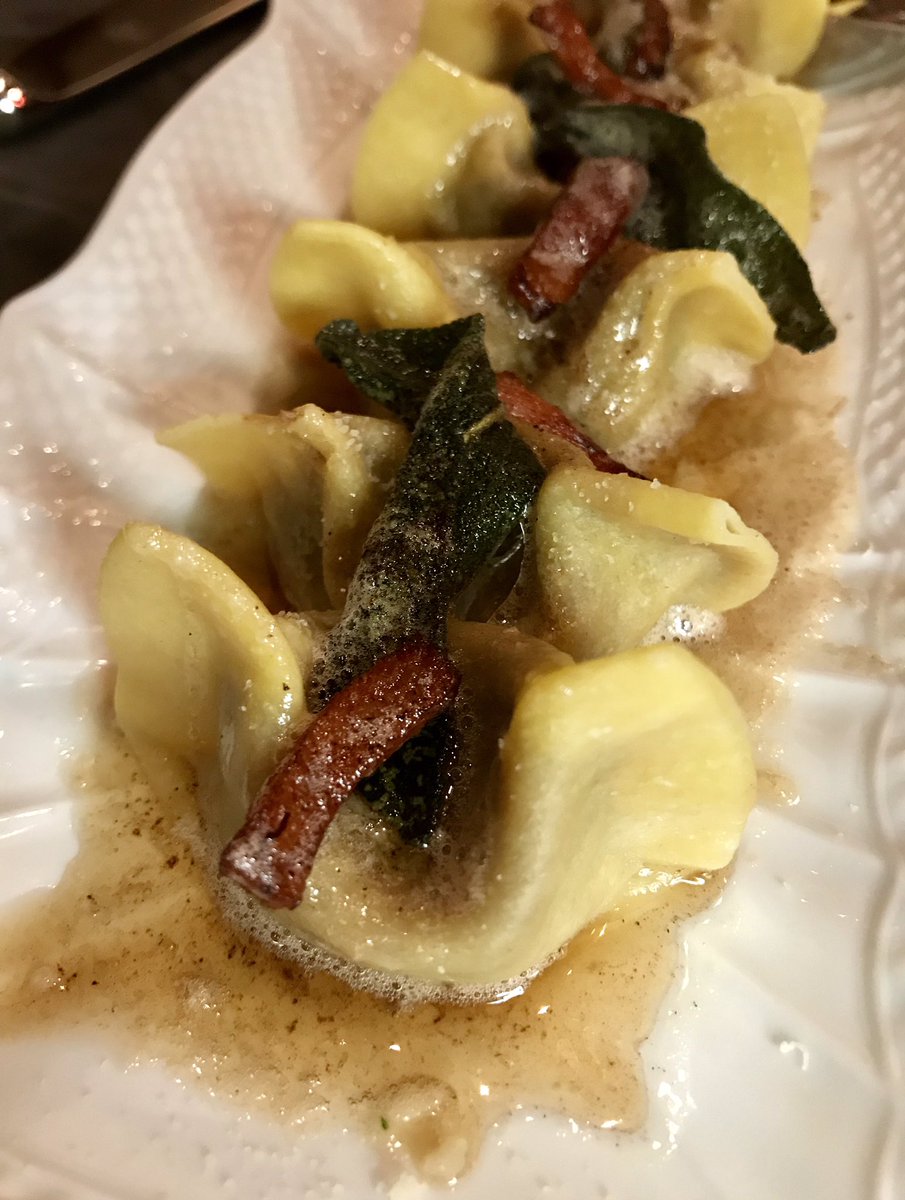 (Casoncelli alla bergamasca with sage and olives)
(Casoncelli alla bergamasca with sage and olives)